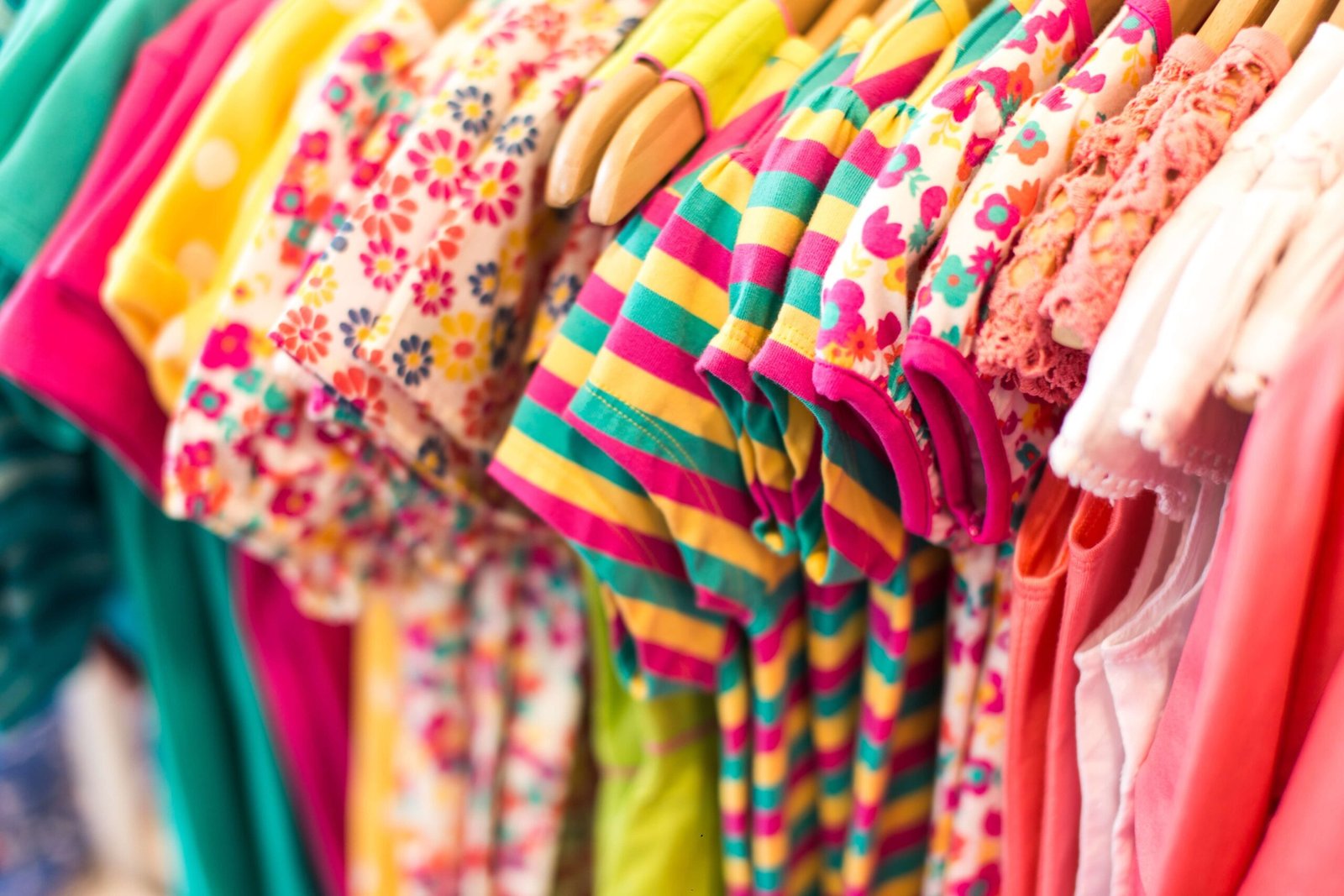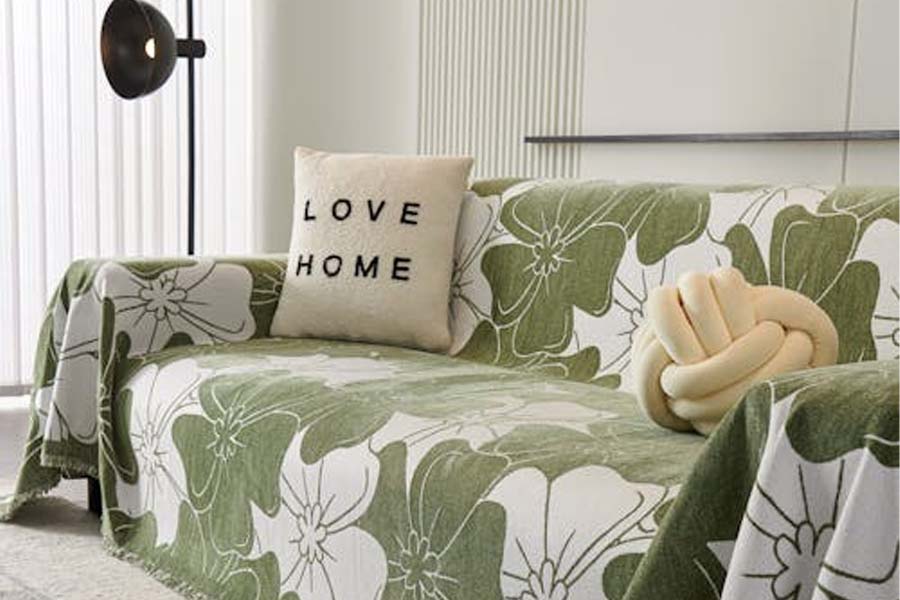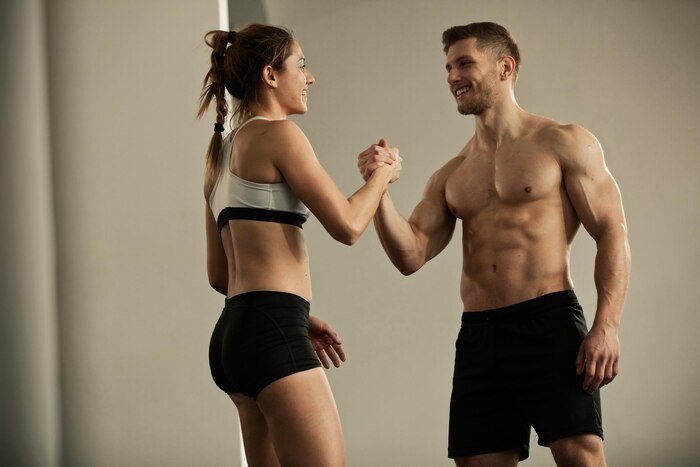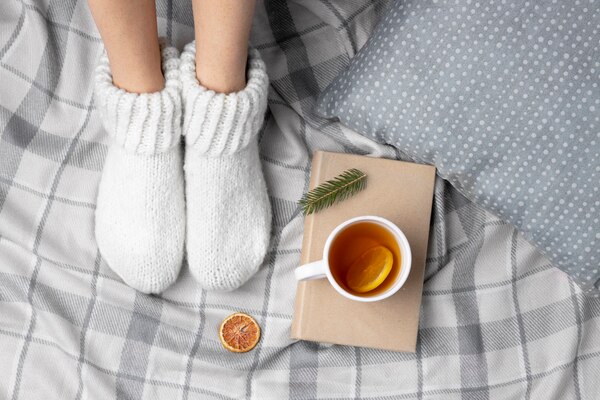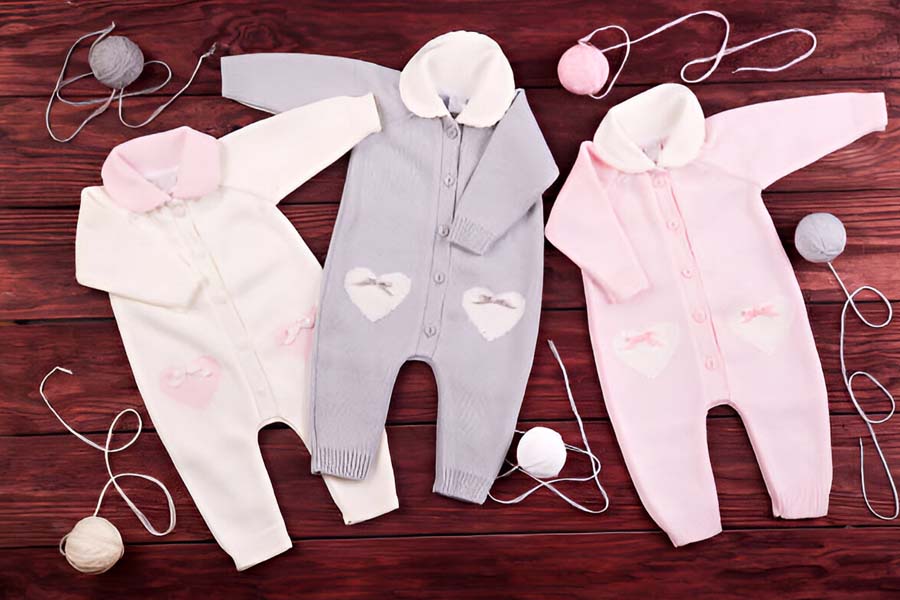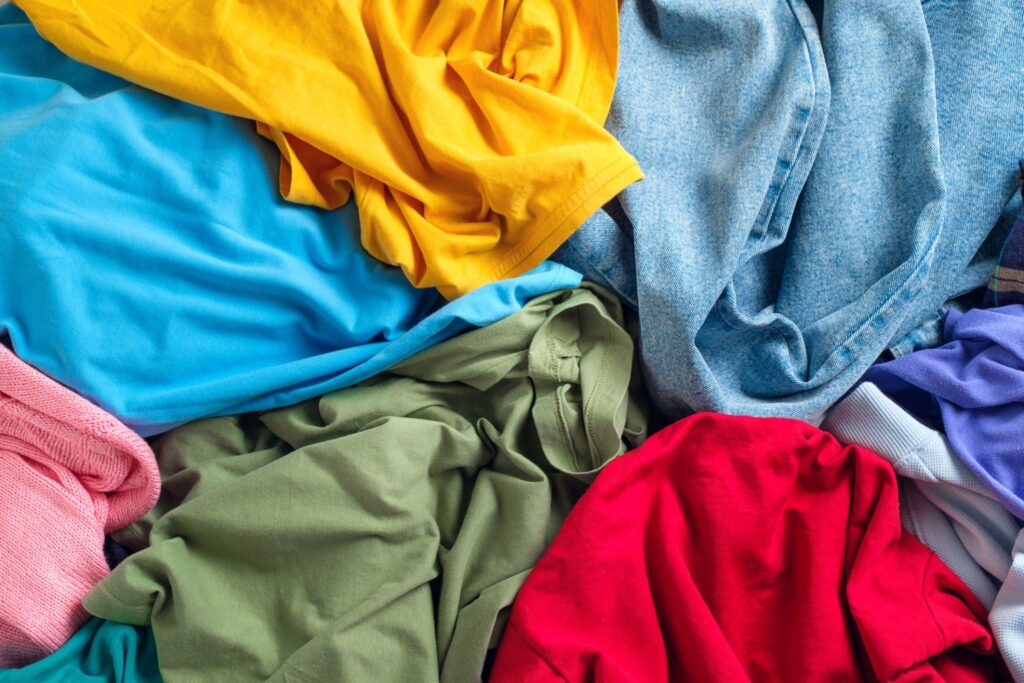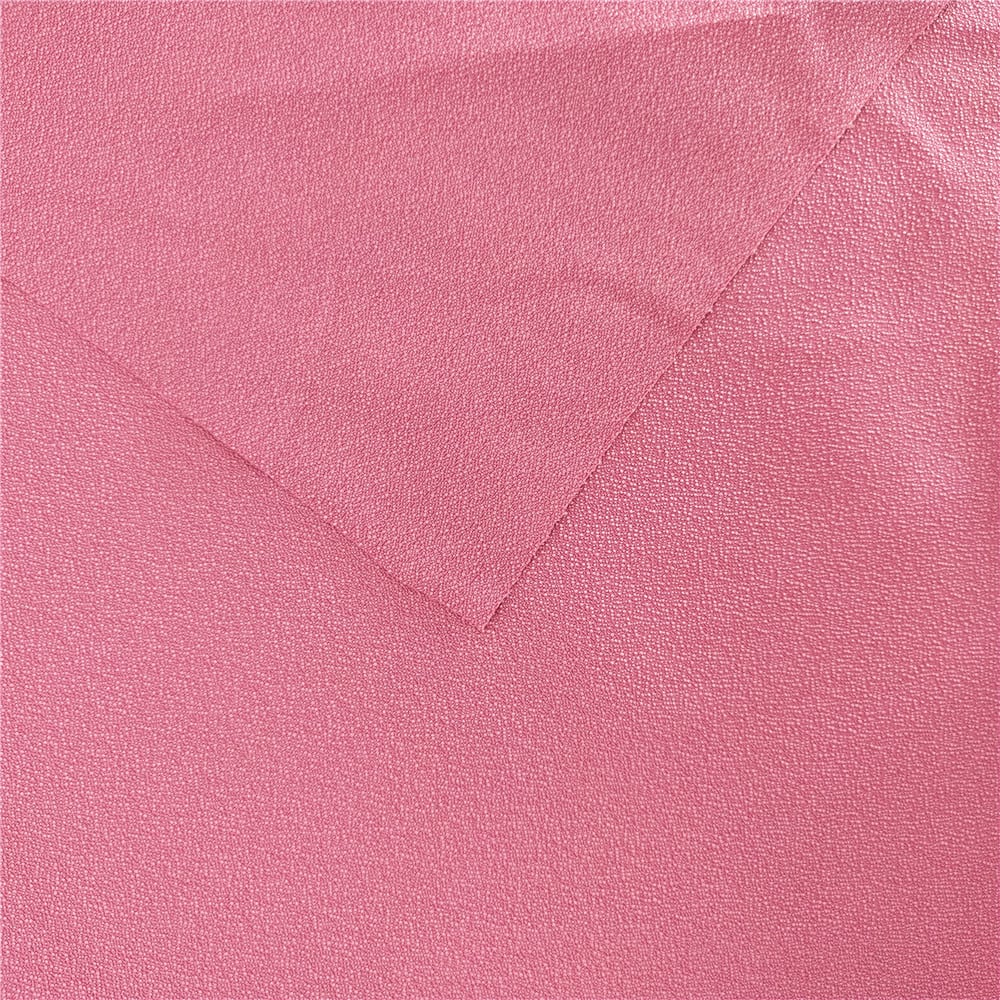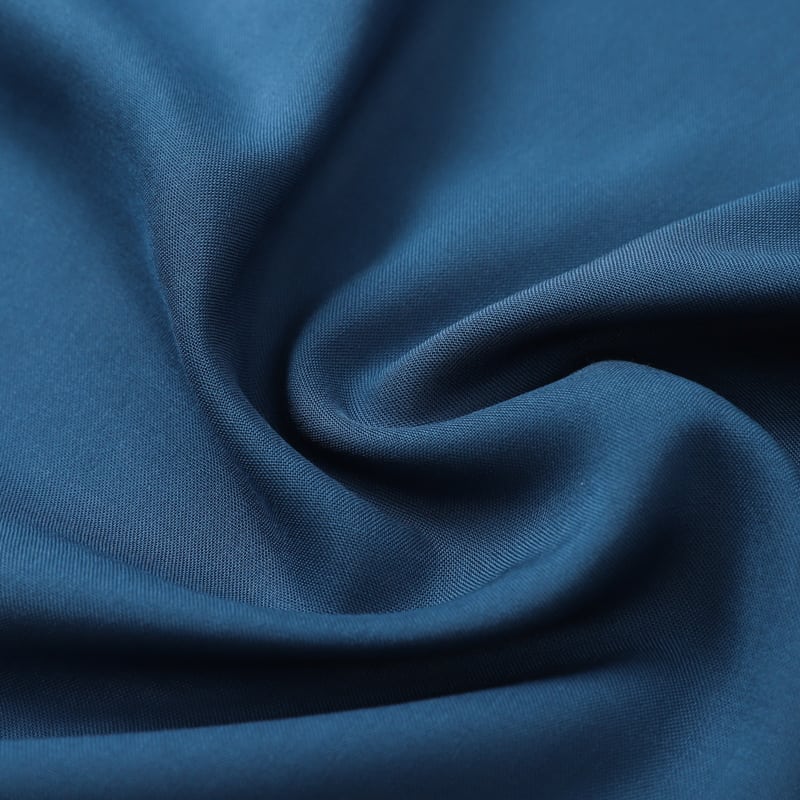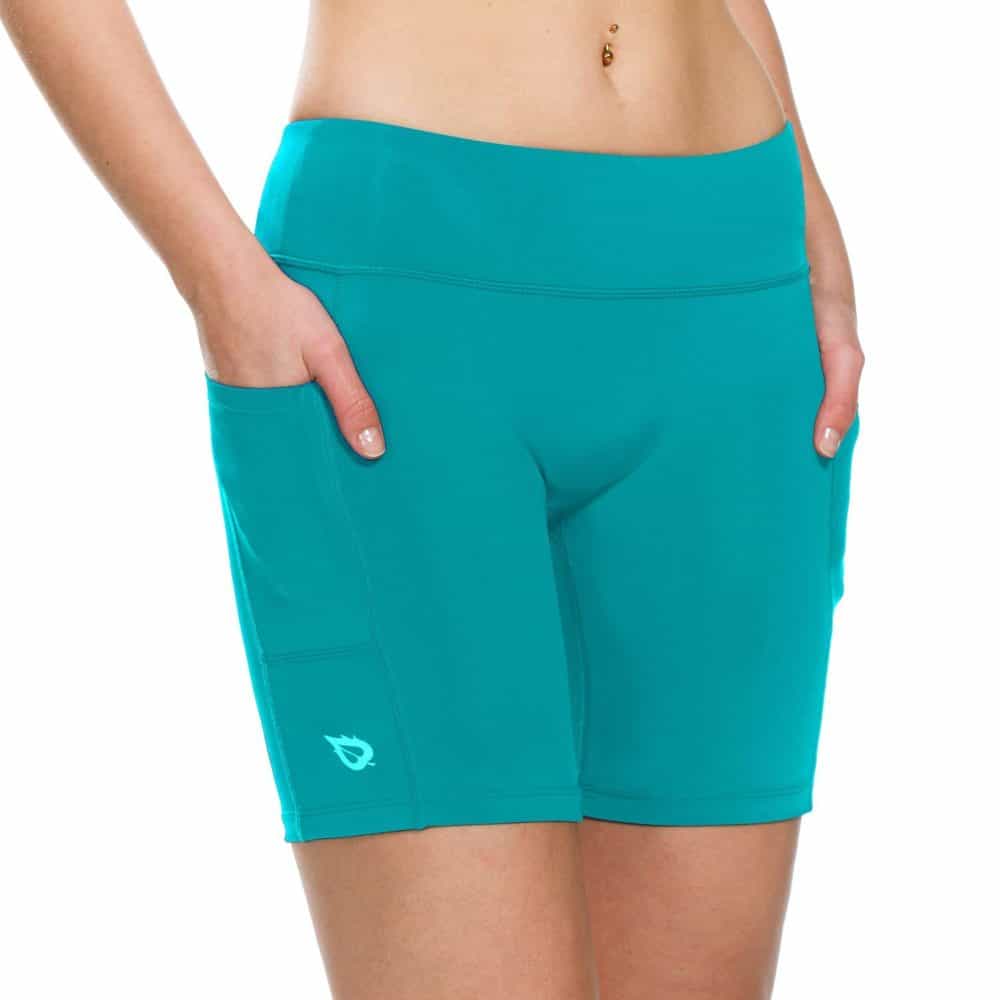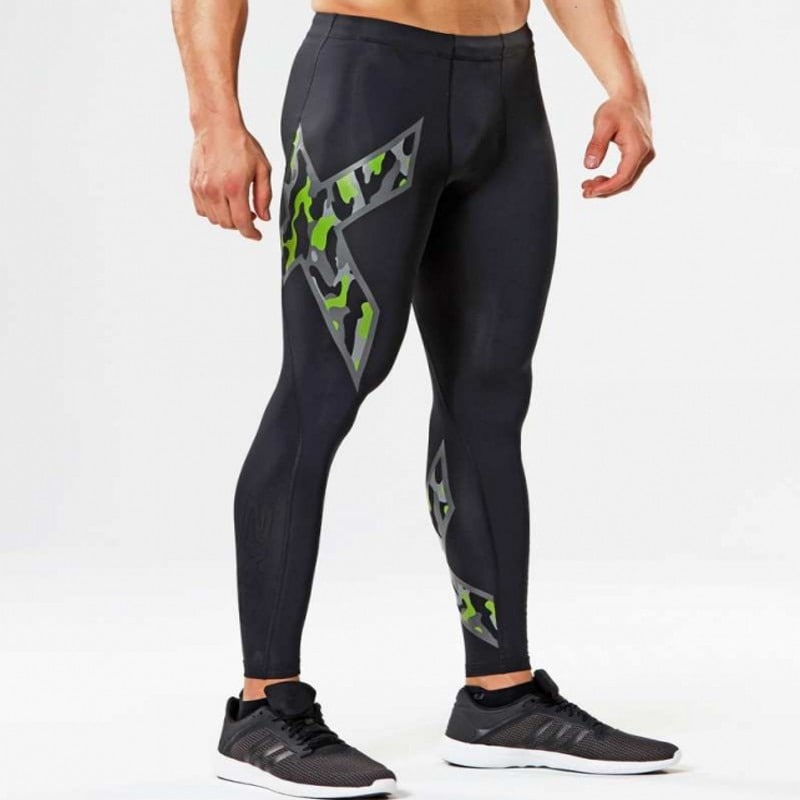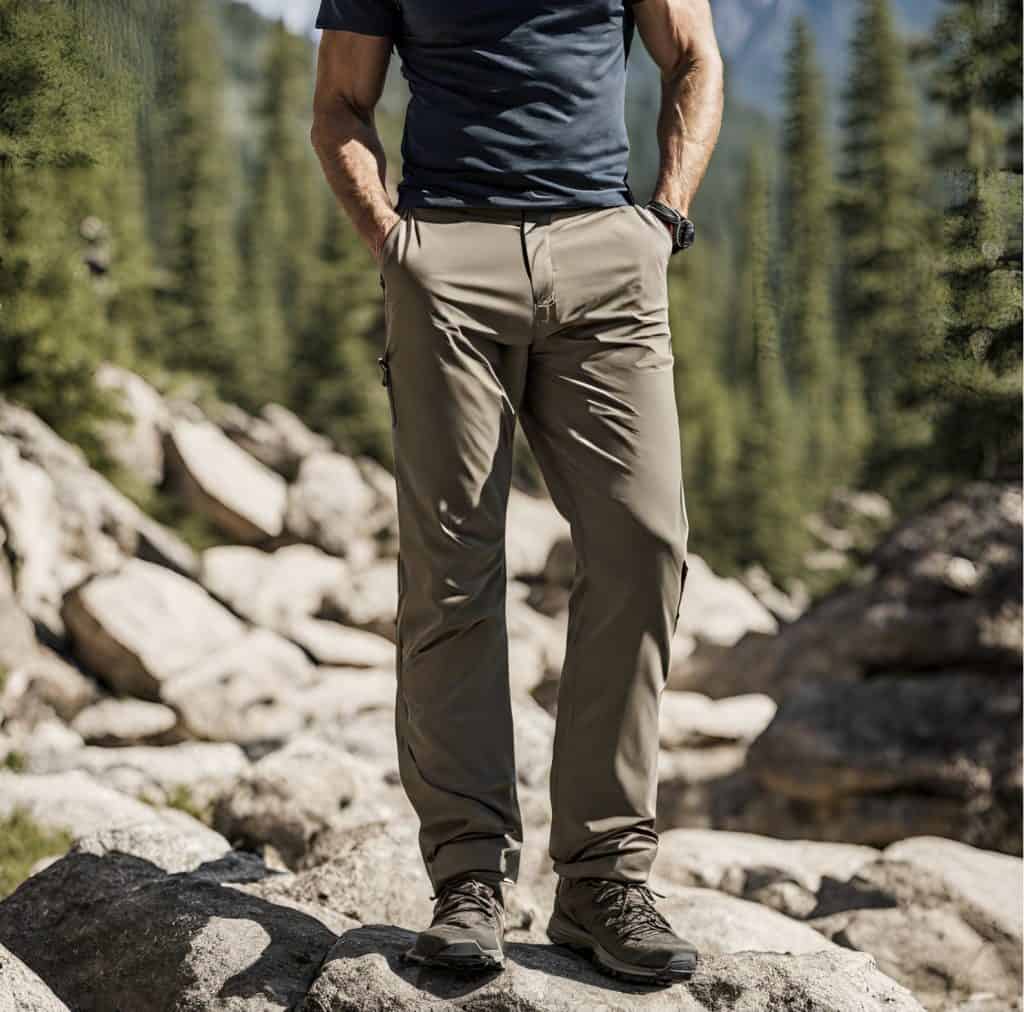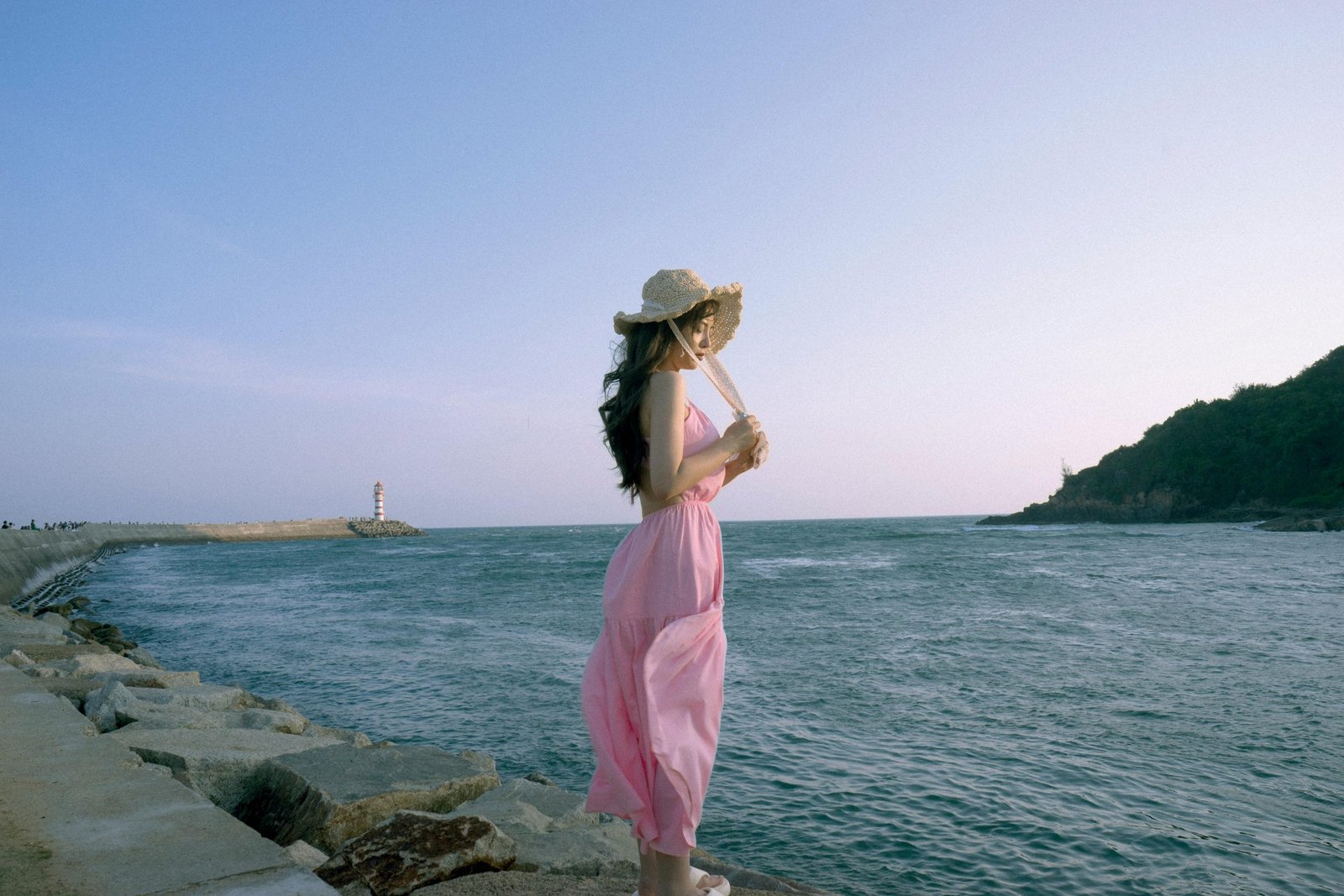
We’ve all seen them everywhere – on runways, in stores, and maybe even in your own closet. We’re talking about those head-turning women’s dresses that capture the essence of style, whether it’s a breezy sundress or a show-stopping evening gown. But have you ever stopped to wonder how these creations come to be?
This article is your one-stop guide to the world of women’s dress manufacturing. We’ll walk you through the entire process, from the moment you bring us your vision to the finished dress hanging on the rack.
You’ll learn how we translate your designs into reality, using the perfect fabrics and meticulous construction techniques to ensure every dress is not just beautiful, but also high-quality and perfectly fitted.
Understanding Women’s Dress Manufacturing
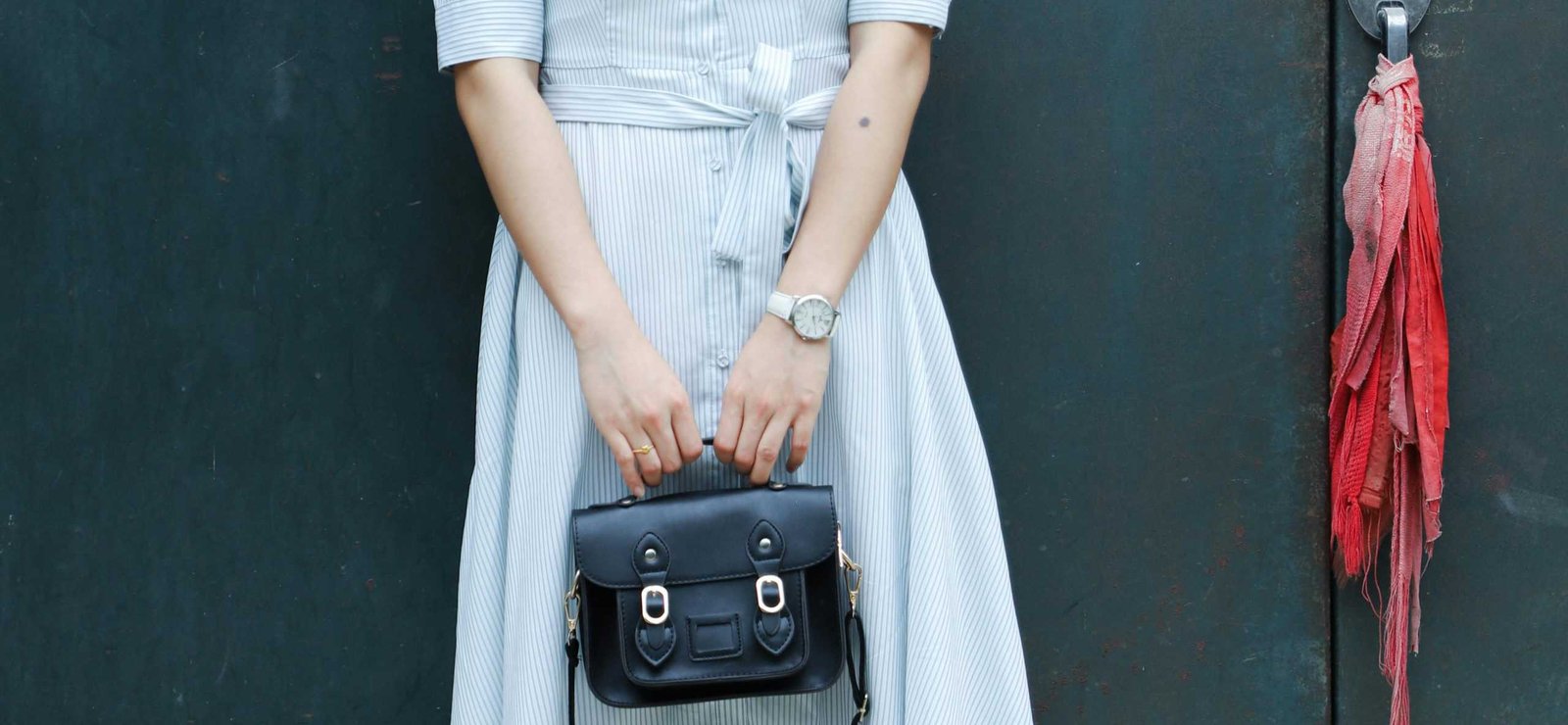
Source: Pexels
We talked about how we bring your designs to life, but what exactly does dress manufacturing involve? It all starts with fabric!
We work with a wide variety of materials, from soft and flowy chiffons for dreamy dresses to structured satins for elegant gowns. Choosing the right fabric is key to achieving the perfect look and feel for your design.
Next comes the pattern. This is the blueprint for your dress, ensuring every piece fits together perfectly. We have skilled professionals who translate your designs into precise patterns.
Then, using cutting tools and following the pattern exactly, we cut the fabric into individual pieces and skilled sewers stitch the pieces together that will become your dress.
Designing the Perfect Dress
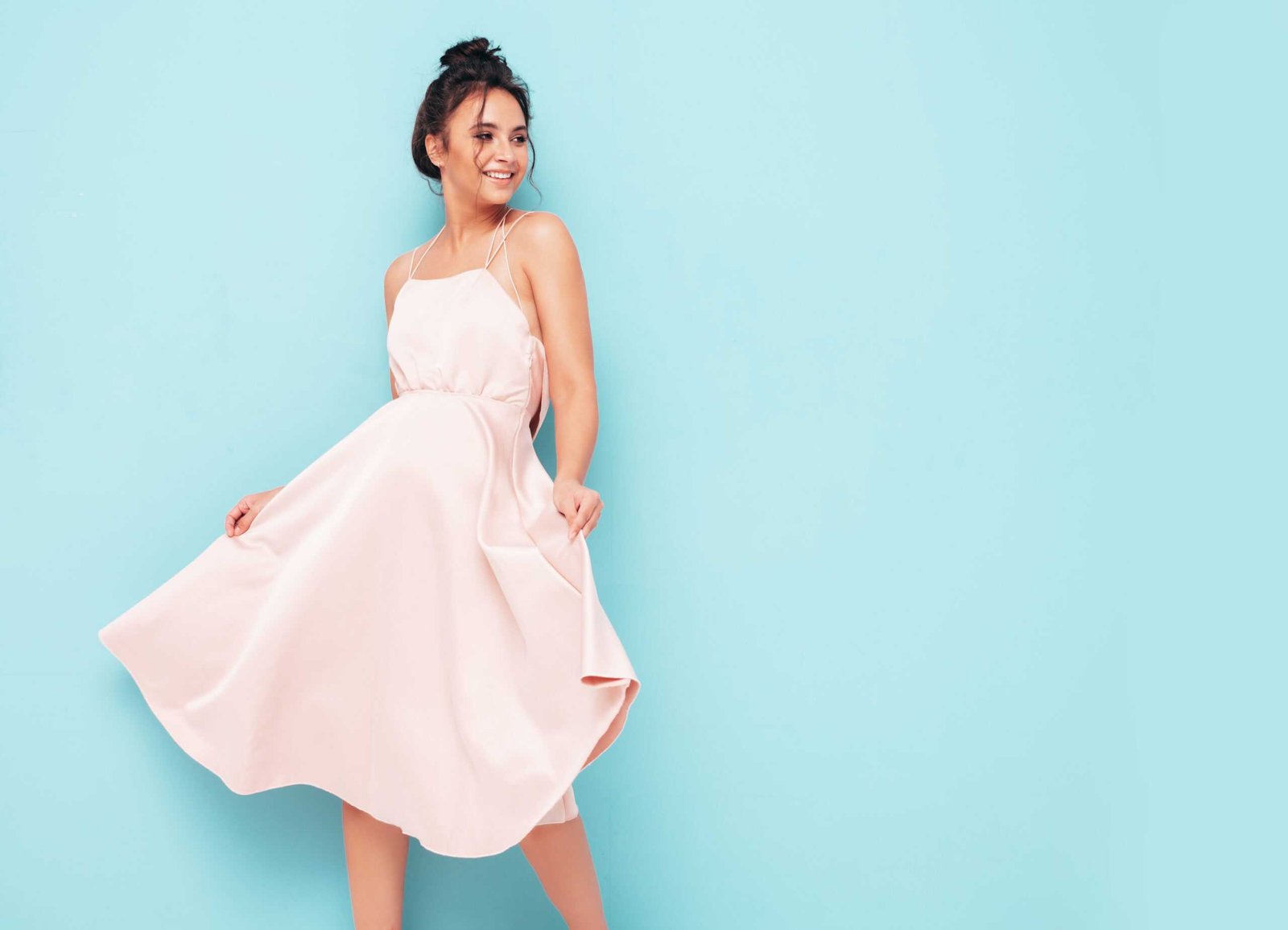
Source: Freepik
Now that you’ve got your creative juices flowing, it’s time to design the perfect dress. This is where your vision takes center stage.
Steps on Designing a Dress
Dress manufacturing is all about collaboration. We work closely with you to bring your unique concept to life. Here’s how we transform your vision into a finished product:
1. Concept
We collaborate to understand your design idea. Sketches, mood boards, or detailed descriptions are all welcome! This initial brainstorming session lays the groundwork for a stunning dress.
2. Fabric Selection
Is it a flowy maxi dress for a summer breeze or a sleek sheath dress for a night out? Knowing the silhouette and style you want, we recommend fabrics that best suit your design and functionality needs.
3. Pattern Making
A technical blueprint, or pattern, is created to ensure a perfect fit for every size. Some designers come with their own patterns, while others rely on our expertise.
4. Pattern Grading (for larger productions)
For larger quantities, the pattern is adjusted to fit a range of sizes.
5. Sample Production
A sample dress is created to bring your vision to life. This allows you to see the design come together and make any adjustments before full production begins.
Types of Dresses
The world of dresses offers endless possibilities! Once you understand the design process, you can explore different styles for any occasion. Here are a few popular options:
-
A-line dress
This dress features a fitted bodice that flows out gently from the waist, creating a flattering A-shape for most body types.
-
Maxi dress
Perfect for a summer stroll or a beach getaway, maxi dresses are long and flowing, offering comfort and effortless style.
-
Sheath dress
This timeless classic features a straight silhouette that hugs the curves without being too tight. It’s perfect for work or a night out.
-
Wrap dress
A universally flattering style, the wrap dress cinches at the waist to create a beautiful hourglass figure.
-
Peplum dress
This dress features a flouncy overlay attached at the waist, adding a touch of femininity and fun.
-
Shift dress
Simple and chic, the shift dress has a boxy silhouette that skims the body. It’s a versatile option for any occasion.
-
Skater dress
With a fitted bodice and a skirt that flares out from the waist, the skater dress creates a playful and youthful silhouette.
-
T-shirt dress
Comfy and casual, the t-shirt dress is a relaxed take on the classic t-shirt. It’s perfect for running errands or lounging at home.
-
Jumper dress
It is also known as a pinafore dress. The jumper dress features a sleeveless bodice and a skirt, often paired with a blouse or t-shirt underneath.
This is just a taste of the many dress styles available. With a creative vision and the right dress manufacturing partner by your side, you can design a dress that’s both unique and stunning.
Anatomy of Garment
Now that you’ve got the design down, let’s talk about the building blocks of a dress! Understanding the different parts of a dress will help you make informed decisions about fabrics and construction.
What are the parts of women’s dress
A dress may seem like a simple piece of clothing, but it’s actually an intricate creation made up of several key parts. Here’s a quick breakdown to get you familiar with the dress’s vocabulary:
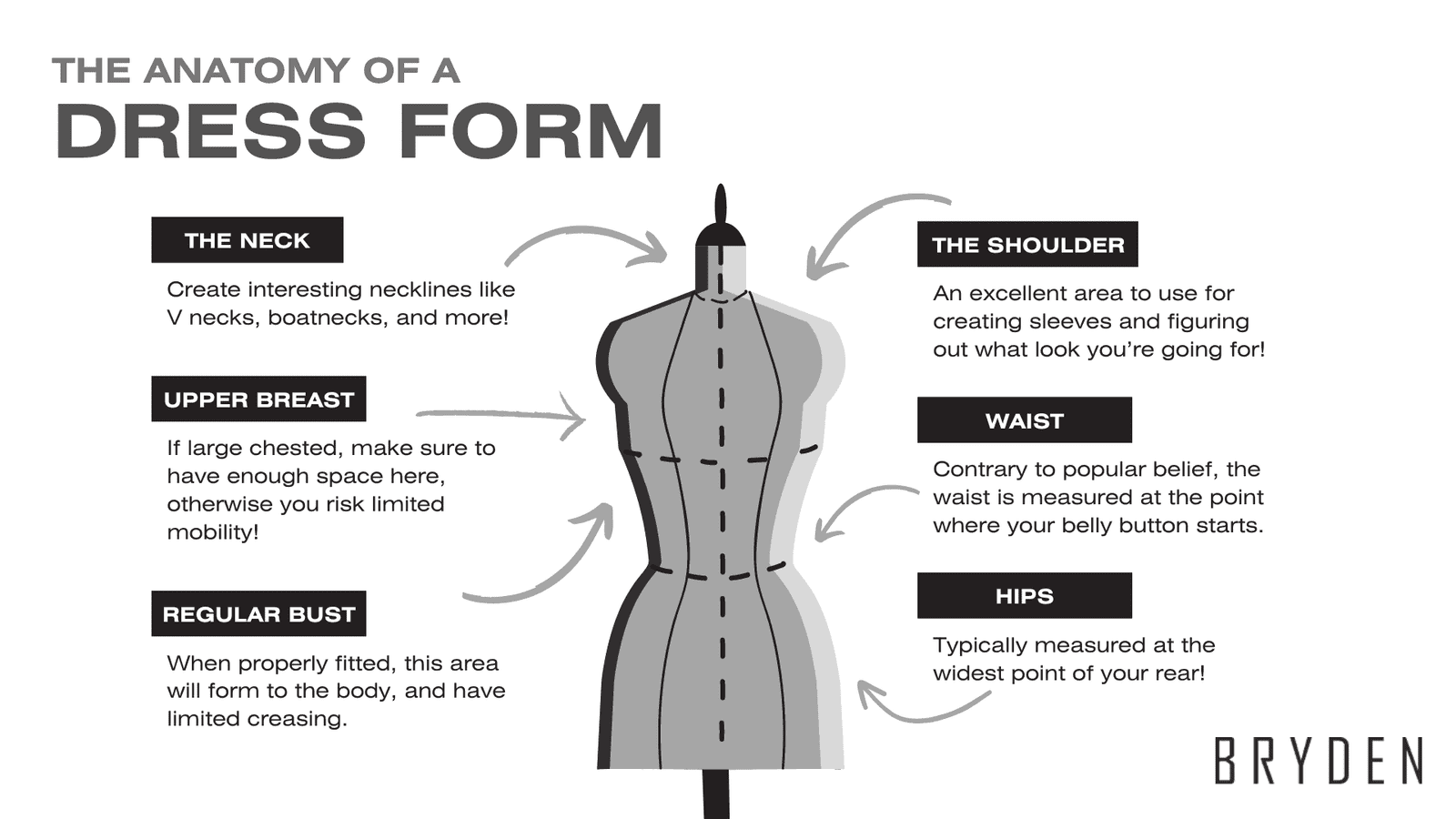
-
Neckline
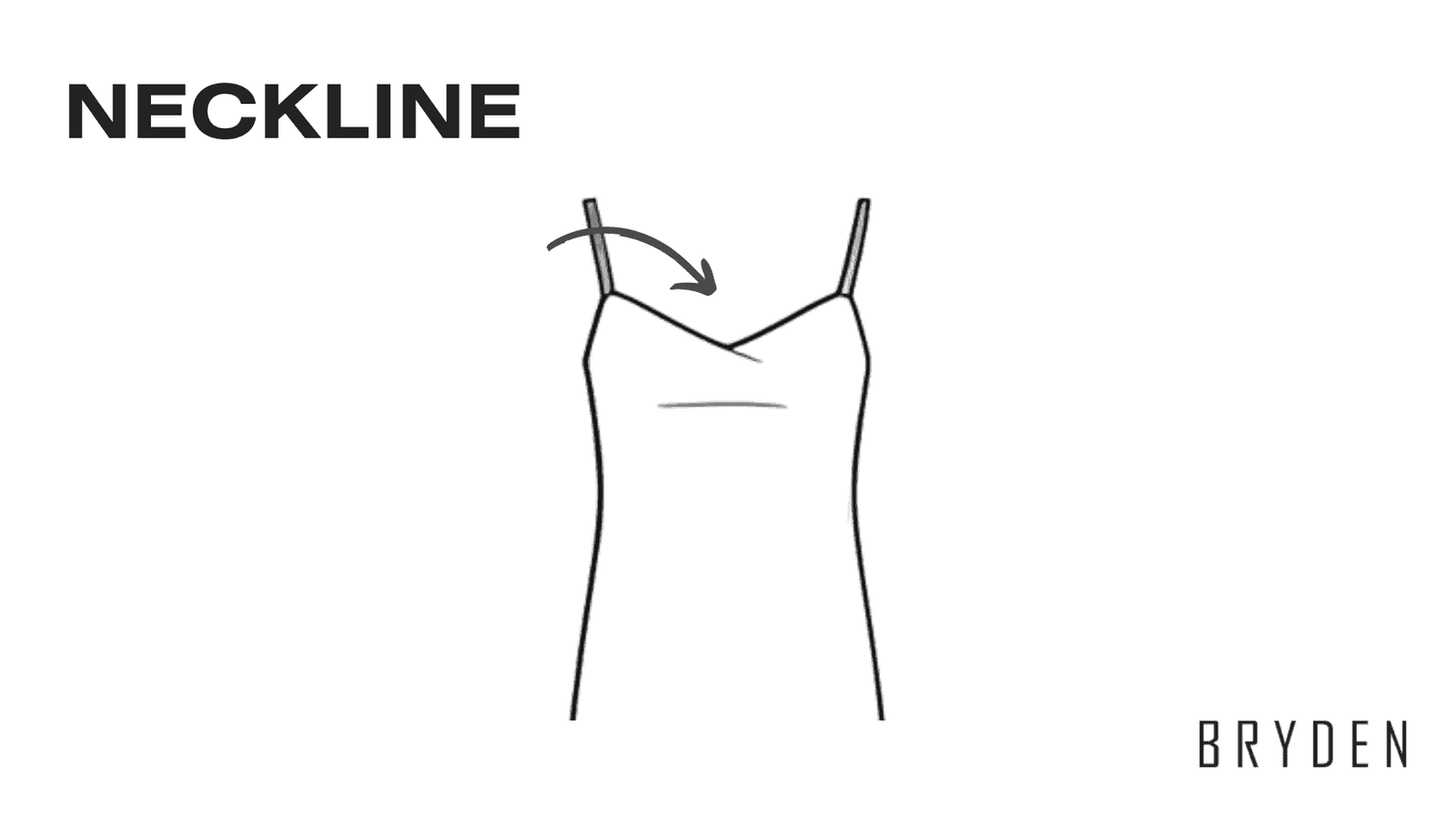
This frames the face and comes in many styles, like round for a classic touch, V-neck for a more elongated look, or scoop neck for a casual vibe.
-
Shoulder
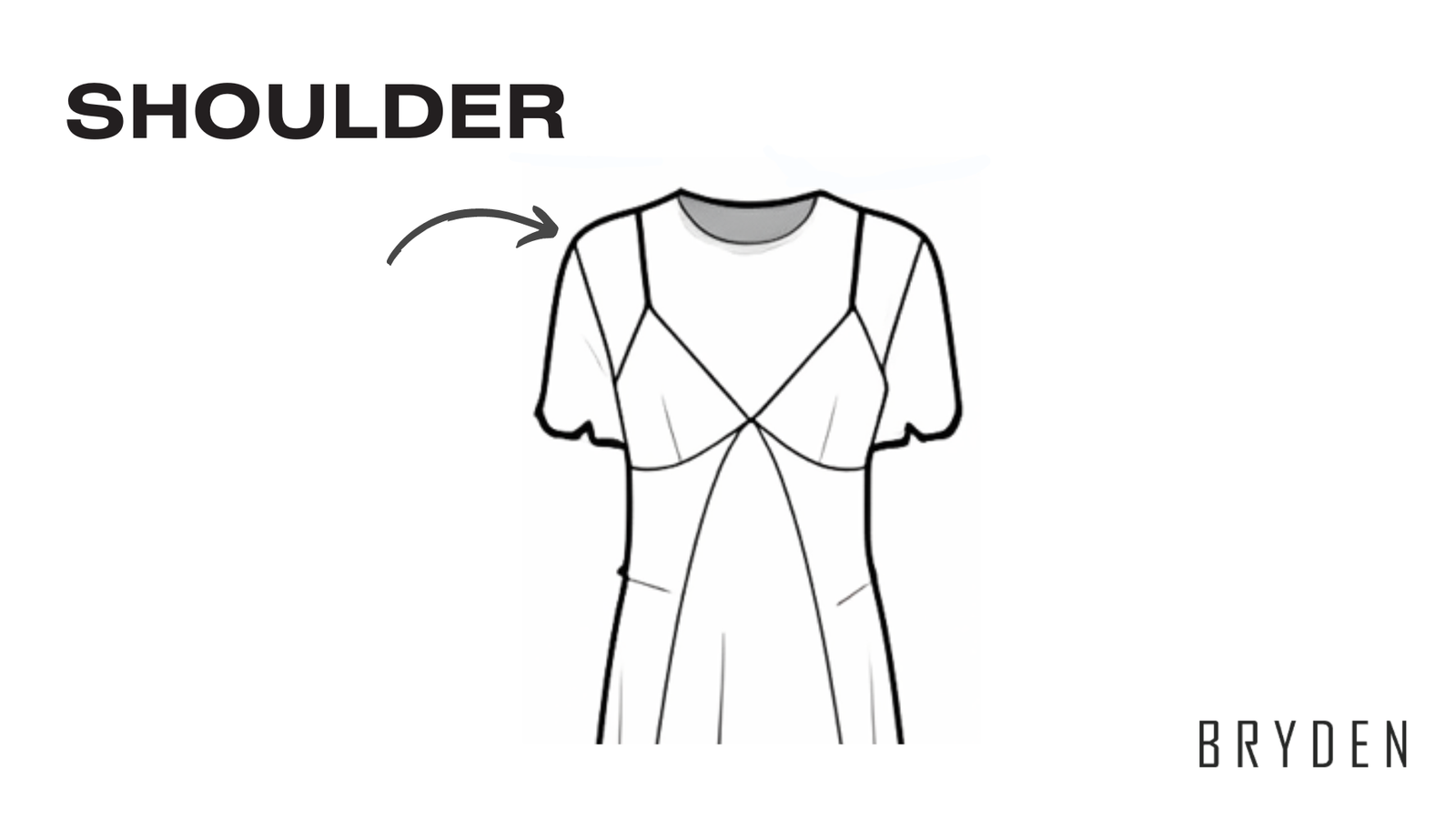
The shoulder part connects the bodice to the sleeve, and can be capped for a vintage feel, off-the-shoulder for a touch of romance, or strapless for a summery look.
-
Armhole
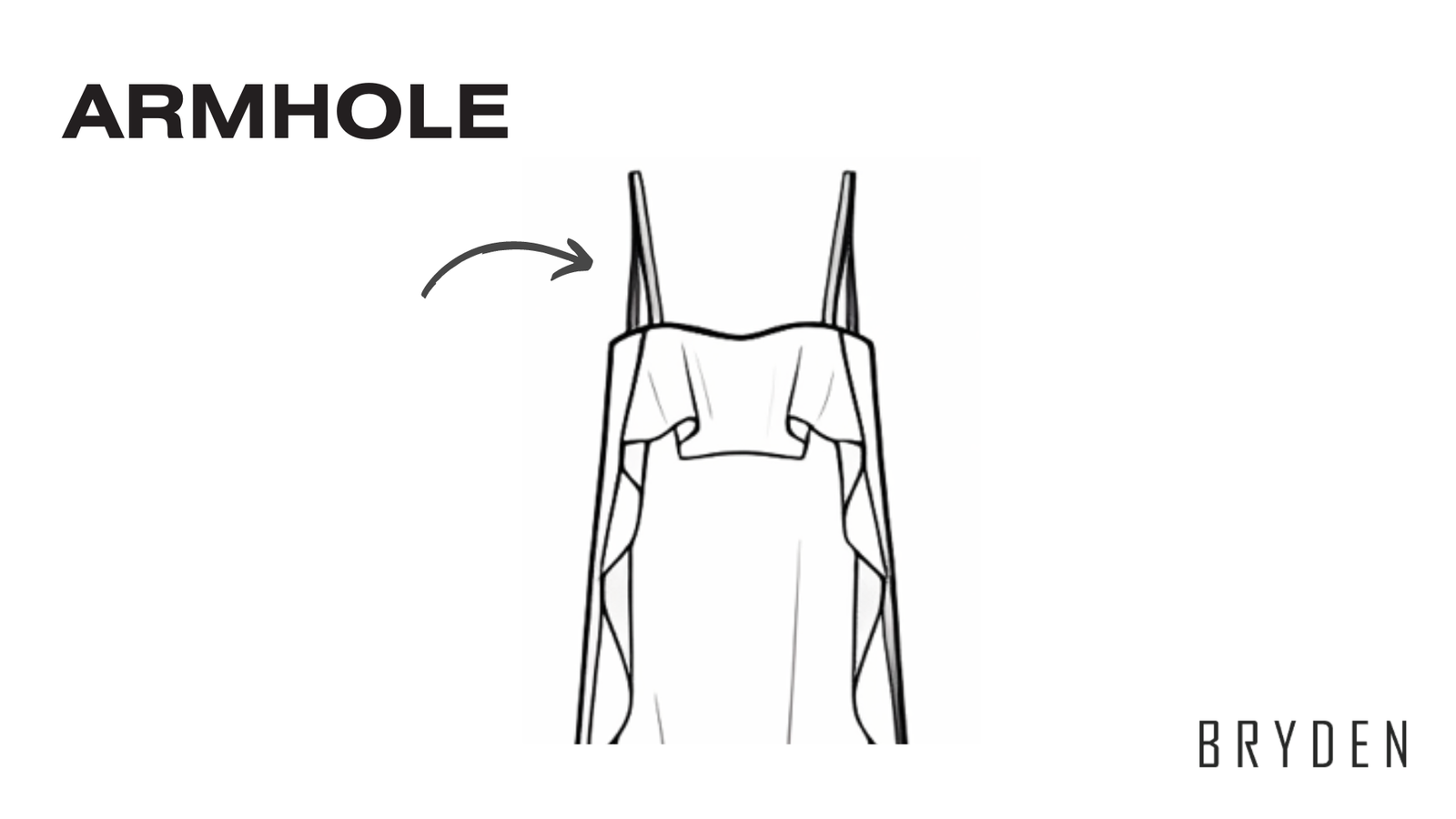
This opening allows your arms to move freely. It’s an essential part for comfort and fit.
-
Bodice
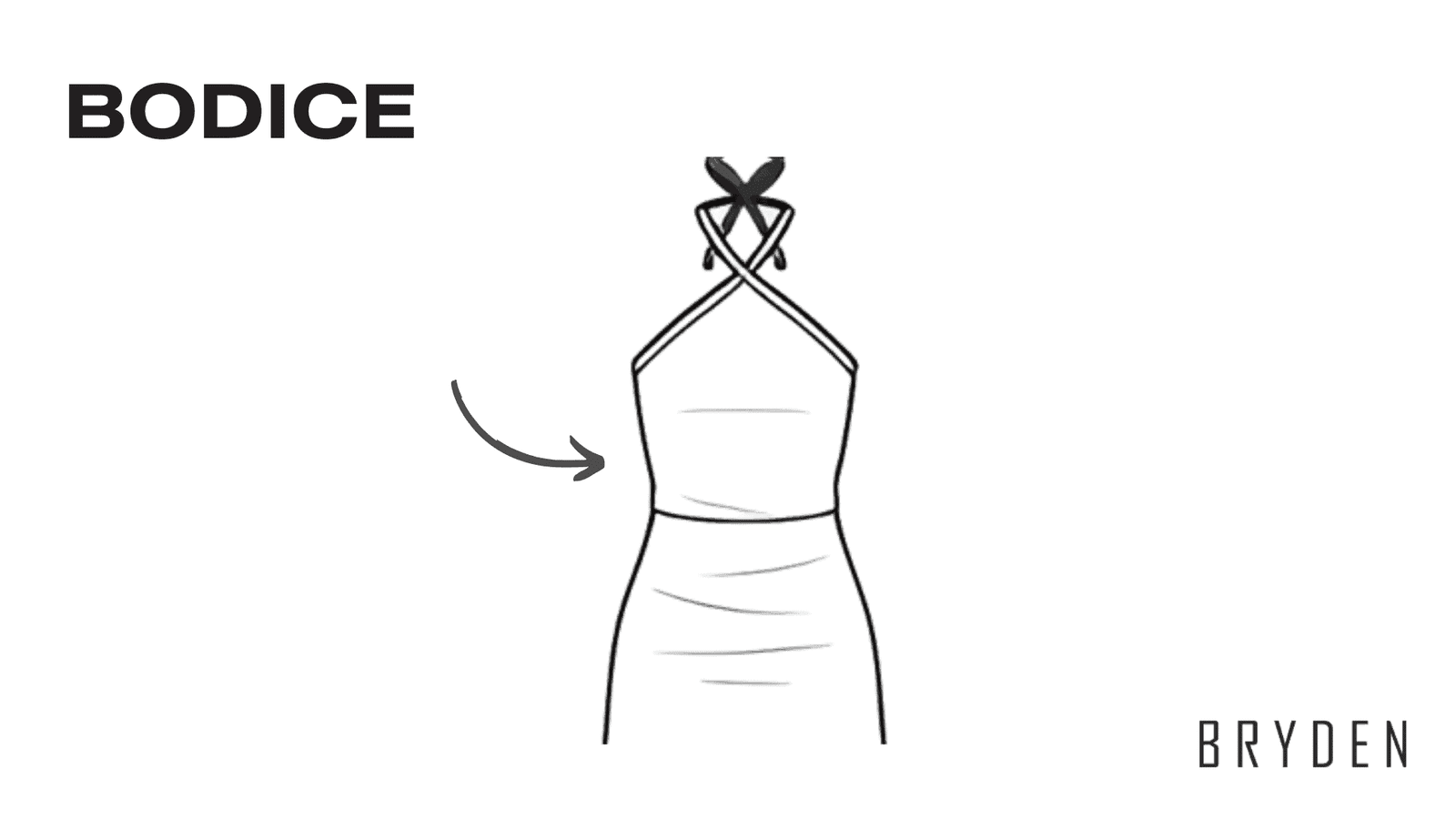
This is the fitted upper part of the dress that sits above the waist. It can be tailored to hug your curves or designed to flow loosely, depending on your desired silhouette.
-
Skirt
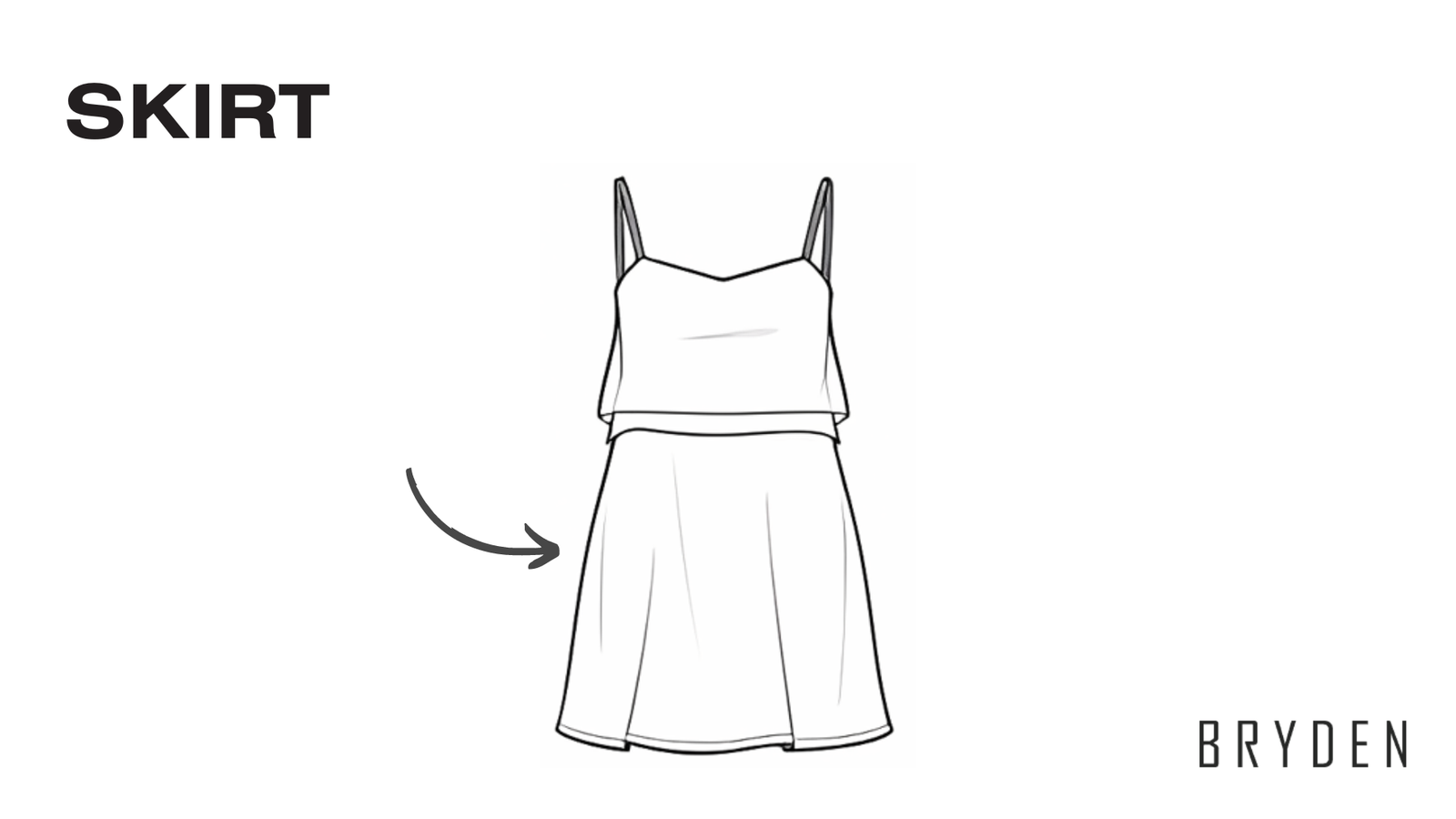
The flowing part below the waist, it can be short and playful, long and elegant, or anything in between to suit your occasion.
-
Sleeves

These cover the arms and come in various lengths, from sleeveless for a cool and breezy feel to long for a more formal look.
These are just some of the key components that make up a dress. By understanding their names and functions, you can communicate more effectively during the dress manufacturing process, ensuring your vision is translated perfectly.
Choosing quality fabrics
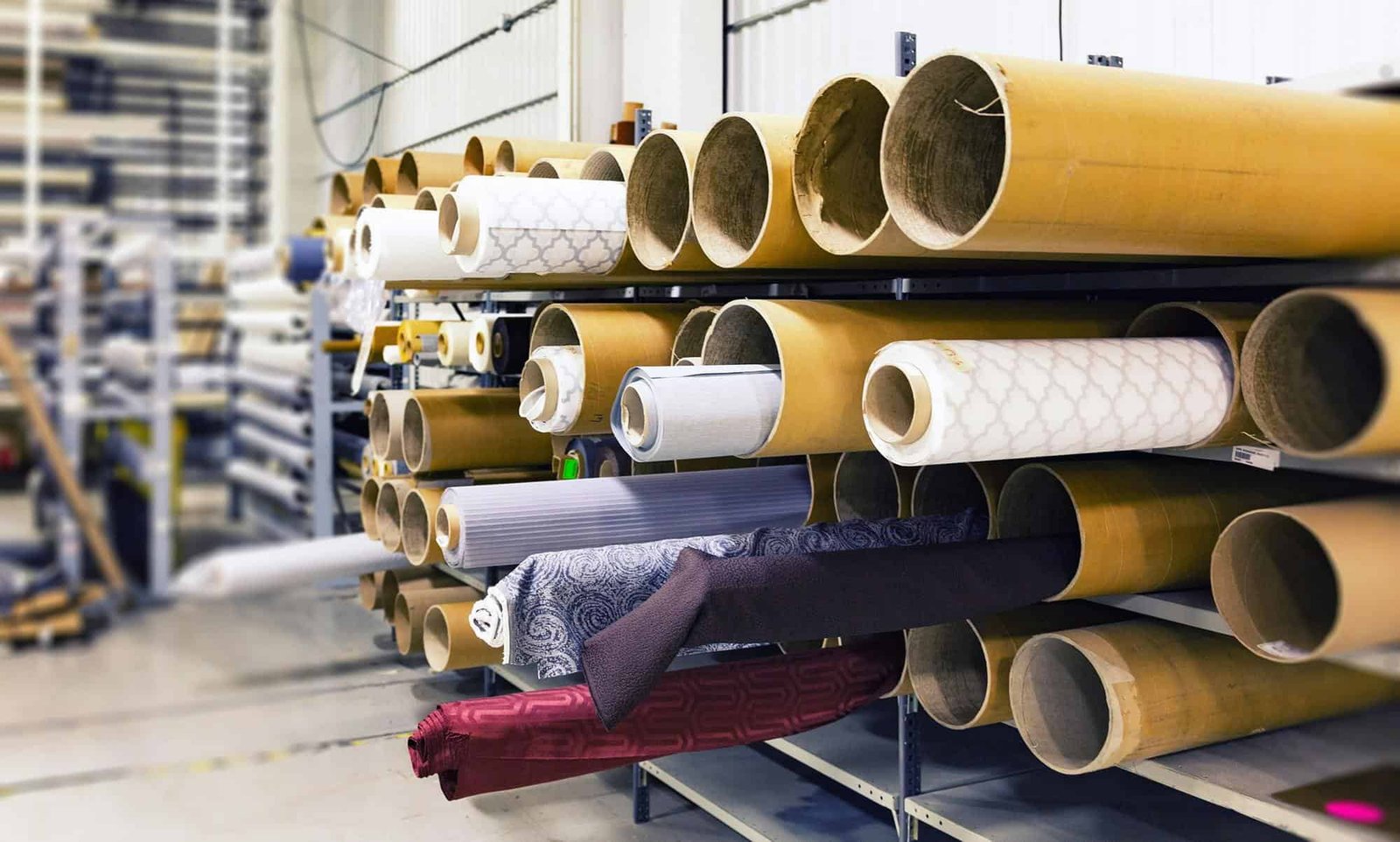
Source: Pexels
The fabric you choose plays a huge role in the final look and feel of your dress. We offer a wide variety of fabrics, each with unique properties to consider when selecting the perfect match for your design.
-
Cotton
A timeless favorite, cotton is breathable, comfortable, and endlessly versatile. It comes in a vast array of colors and textures, making it perfect for dresses of all styles.
-
Tencel
Similar to cotton, Tencel is a soft and eco-friendly fabric that drapes beautifully. This sustainable option is a great choice for designers who are conscious of their environmental impact.
-
Linen
Known for its cool and crisp feel, linen is the perfect choice for summer dresses that keep you cool and comfortable on hot days.
-
Fleece
This cozy fabric is ideal for comfortable dresses you can wear year-round. It’s perfect for creating relaxed styles or adding a touch of warmth to winter dresses.
-
Wool
Warm and luxurious, wool is a perfect choice for winter dresses, adding a touch of elegance and sophistication.
-
Pique
This textured fabric is often used for polo-style dresses and adds a touch of sporty sophistication. It can also be used to create dresses with a more structured look.
-
Satin
This smooth and luxurious fabric creates a formal and elegant look. It drapes beautifully and adds a touch of glamour to any dress.
-
Crepe
Known for its flowy drape and slightly wrinkled texture, crepe is a versatile choice for dresses. It’s perfect for creating dresses with a romantic or effortless feel.
-
Velvet
Soft and luxurious, velvet adds a touch of drama and is perfect for special occasions. It creates a stunning look for evening wear or dresses that make a statement.
-
Chiffon
This lightweight and airy fabric creates flowy and romantic dresses. It’s perfect for dresses that move beautifully and add a touch of whimsy.
With this vast selection of fabrics at your fingertips, explore the possibilities and let the perfect material bring your dress design to stunning reality.
Pattern Making and Cutting
The magic happens here! With your design and fabric chosen, it’s time to translate that vision into a perfectly sized dress. Pattern making is the secret sauce, the blueprint that guarantees a flattering fit for every size range.
The pattern making process can go two ways. Some designers come prepared with their own patterns, while others rely on our team’s expertise. Our skilled pattern makers are basically fashion architects. They take your design concept and transform it into a technical blueprint. This intricate pattern considers every single seam, dart, and curve to create a design that flatters any body type.

Source: DressPatternmaking
Once the pattern is finalized, it’s time to get the fabric ready for cutting. key. To ensure every piece is cut accurately, dress manufacturers follow these steps:
-
Sharp tools are a must.
Dull scissors or rotary cutters can snag and fray fabric, making sewing a nightmare. That’s why we use only the sharpest tools for clean and precise cuts.
-
Pins are your friend.
The pattern needs to stay put while we cut. Skilled technicians carefully secure the pattern to the fabric with sewing pins, preventing any shifting during the cutting process.
-
Mark it clearly.
Tailor’s chalk or a fabric marker comes in handy here. We trace the pattern outline onto the fabric, ensuring everything lines up perfectly. We use a marking tool that shows up well on the chosen fabric color but washes or disappears easily, so it doesn’t interfere with the final product.
-
Double-check for accuracy.
A tiny mistake at this stage can snowball into bigger problems later. That’s why we double-check every marking before the cutting begins. It’s all about ensuring a smooth sewing process and a perfectly assembled dress.
Pattern Making (How to with samples)
While dress manufacturers handle the pattern making for many clients, understanding the basics can be helpful. Here’s a glimpse into what goes into creating a dress pattern:
-
Sample Dresses for Inspiration
Many designers use sample dresses as a starting point. These sample dresses can be taken apart, measured, and used as a base for creating a new pattern. This approach can be a great time saver, especially for designs with similar silhouettes.
Let’s delve into a few popular dress styles and explore some of the key techniques used in their pattern making:
1. A Flowy Maxi Dress
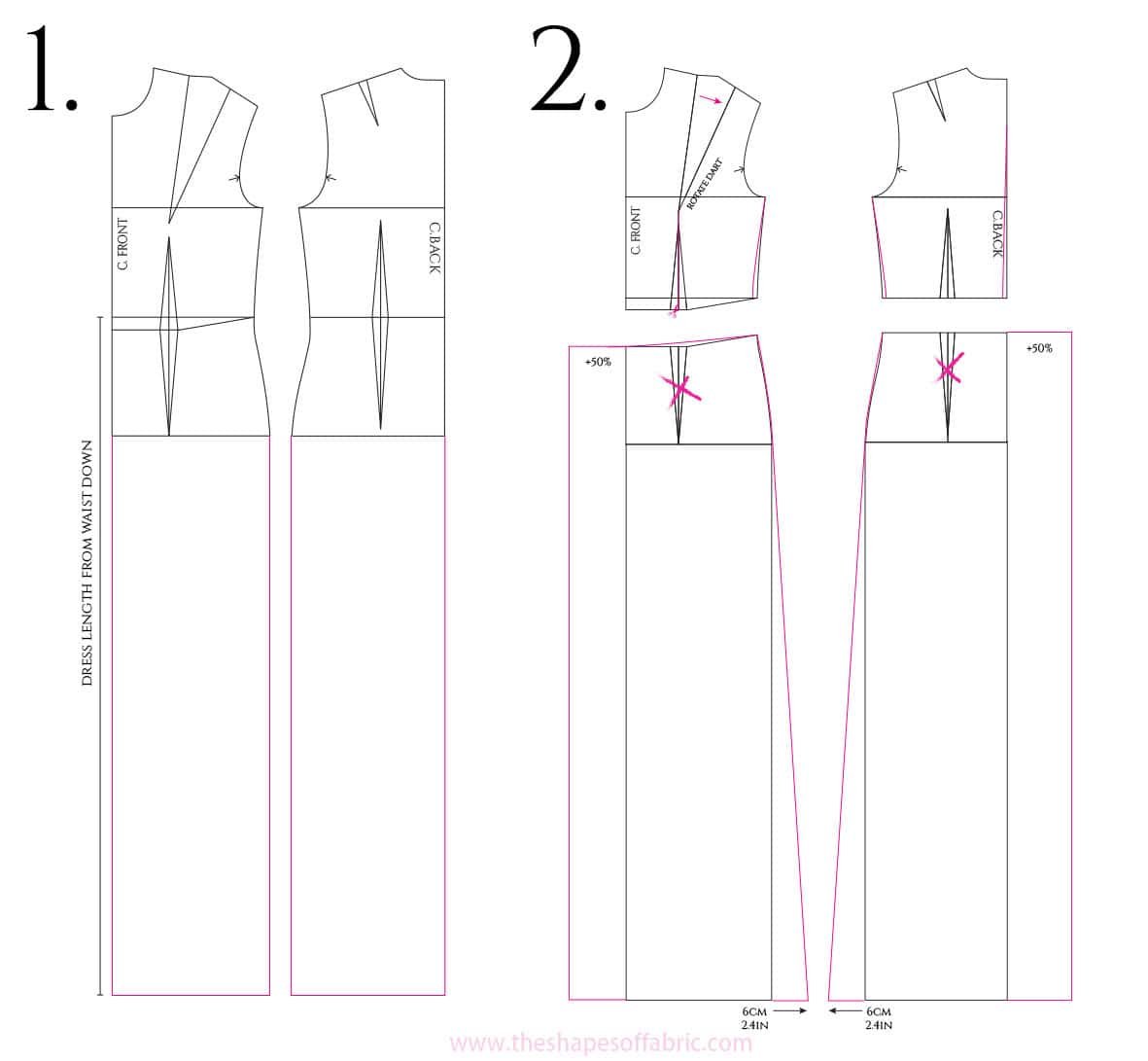
Source: The Shapes of Fabric
This breezy summer staple features a bodice that skims the curves without being too tight, and a skirt that flows out gently from the waist. For this style, the focus is on creating a bodice that flatters various body types. The skirt, on the other hand, can be a simple rectangle with slight gathers at the waist for added movement and a touch of whimsy.
2. The Versatile Wrap Dress

Source: The Shapes of Fabric
The wrap dress cinches at the waist to create a beautiful hourglass figure. Perfect for work or a night out, this dress offers endless versatility. The key to this style lies in the overlapping bodice piece. Through experimentation with different wrap depths, we can achieve the desired level of cinch for each unique design.
3. The Timeless A-line Dress
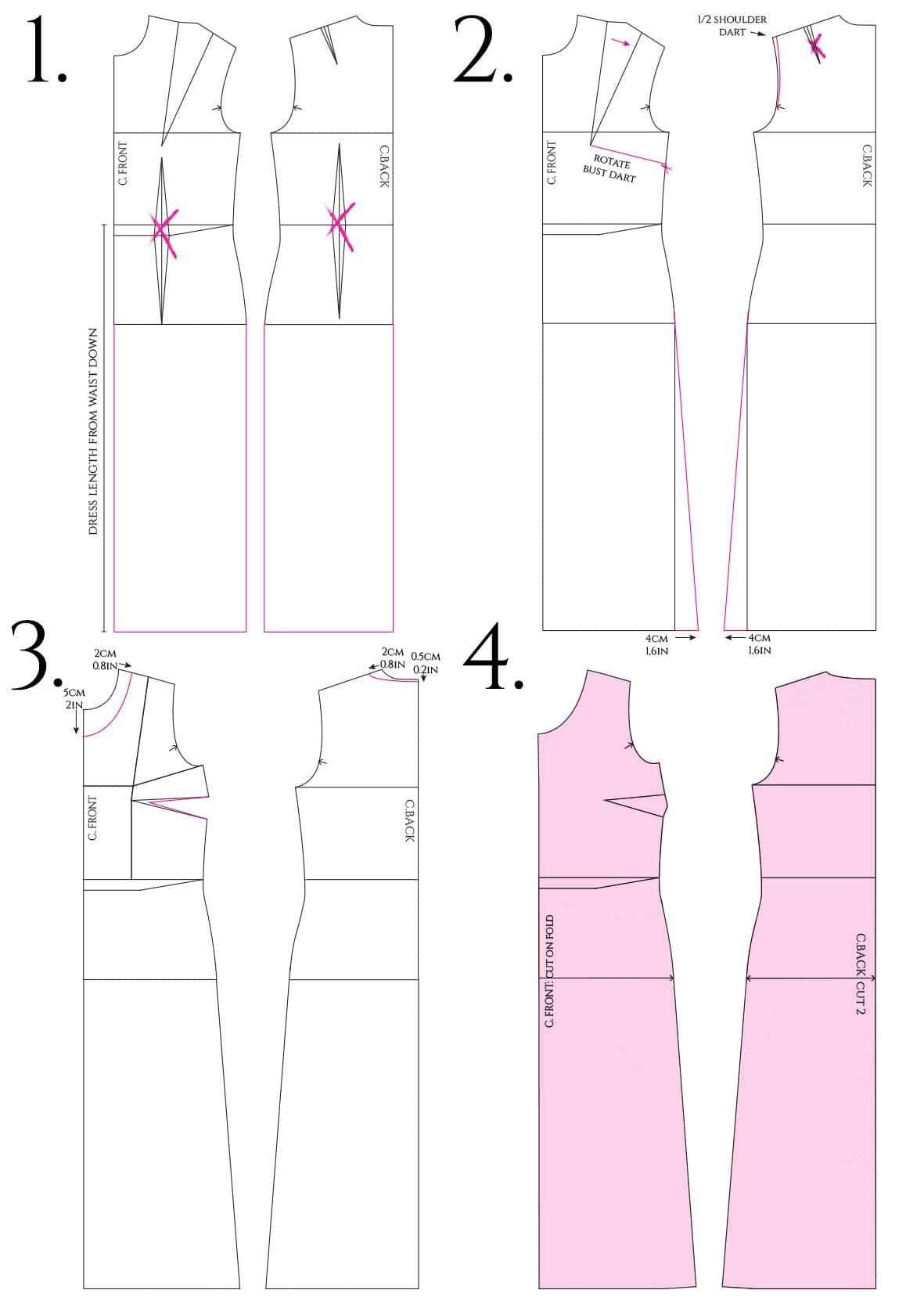
Source: The Shapes of Fabric
This classic design features a straight silhouette that hugs the curves without being too tight. A versatile option for any occasion, the sheath dress is a timeless favorite. Here, meticulous attention is paid to the shoulder seam and neckline. After all, a well-fitting bodice is the foundation of a polished look for an A-line dress.
-
Tech Packs and Specifications
For more complex designs, a technical package or “tech pack” is created. This detailed document outlines every aspect of the dress, including measurements, materials, and construction details. A tech pack ensures clear communication between the designer and the pattern maker.
-
The Art of Drafting
Skilled pattern makers use a variety of techniques to create patterns. This can involve drafting by hand, using specialized software, or a combination of both. The key is to create a pattern that accurately reflects the design and fits the specified size range.
Pattern making may seem complex, but it’s a crucial step in creating a beautiful and well-fitting dress.
Marking tips for cutting patterns on fabric
Now that you have your pattern, let’s ensure the fabric gets cut accurately. Precision is paramount throughout the entire process. To ensure clean cuts and a perfectly assembled dress, skilled technicians follow these key marking techniques:
-
Choosing the right marking tool.
Tailor’s chalk or fabric markers are the go-to choices. We select a marking tool that shows up clearly on your chosen fabric color but also washes or disappears easily, leaving no trace on the finished garment.
-
Test the marker first.
Before we commit to marking your fabric, we always test the chosen tool on a scrap piece. This ensures the marker shows up well and washes out easily, preventing any surprises later.
-
Marking on the inside.
Whenever possible, technicians mark the pattern on the wrong side of the fabric. This keeps those markings hidden and ensures a flawless finished product.
-
Using a straightedge.
For perfectly straight lines, manufacturers uses rulers or straightedges as they mark the fabric.
-
Checking everything.
A tiny mistake at this stage can snowball into bigger problems down the line. That’s why women’s dress manufacturers meticulously double-check all markings before proceeding with the cutting process.
By following these meticulous practices, manufacturers ensure your fabric gets cut with precision, paving the way for a beautifully assembled dress.
Cutting and Sewing Women’s Dress Manufacturing
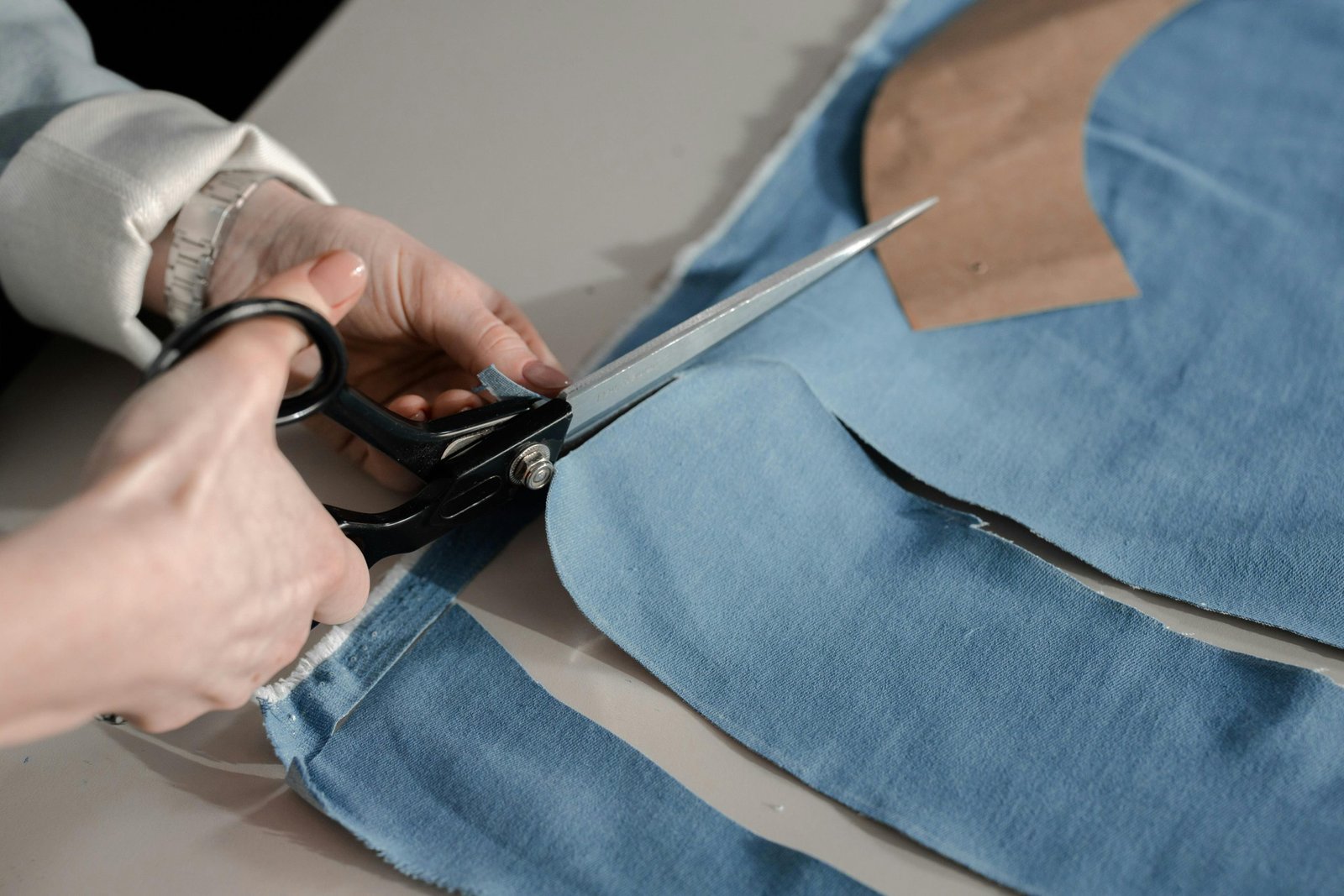
Source: Pexels
Now that the pattern is marked on the fabric, it’s time to transform it into the beautiful dress you envisioned. Cutting and sewing are like the heartbeat of women’s dress manufacturing – precise cuts and skilled stitching bring your design to life.
Cutting the women’s dress
Sharp tools meet expert hands in our cutting room! Here’s a closer look at how we transform fabric into perfectly shaped pieces for your dress:
-
Spreading the fabric.
Large bolts of fabric are carefully spread out on a long table, ensuring smooth laying for accurate cutting.
-
Layering for efficiency.
Multiple layers of fabric can be cut at once, especially for simpler styles. This saves time without sacrificing precision.
-
Following the marked pattern.
Technicians meticulously place the marked pattern on the fabric, ensuring all pieces are cut according to the design.
-
Sharp cuts are key.
We use only the sharpest rotary cutters or fabric scissors to achieve clean, precise cuts. Dull tools can damage the fabric and lead to fraying.
-
Bundles ready for sewing.
Once cut, the fabric pieces are carefully bundled and labeled, ready to be sent to the sewing room for assembly.
This meticulous cutting process ensures every piece fits together perfectly, laying the foundation for a beautifully finished dress.
Skilled seamstresses take over next. Using industrial sewing machines, they meticulously stitch the dress pieces together, following the specifications of the pattern.
Different Types of Seams for Ladies Dress
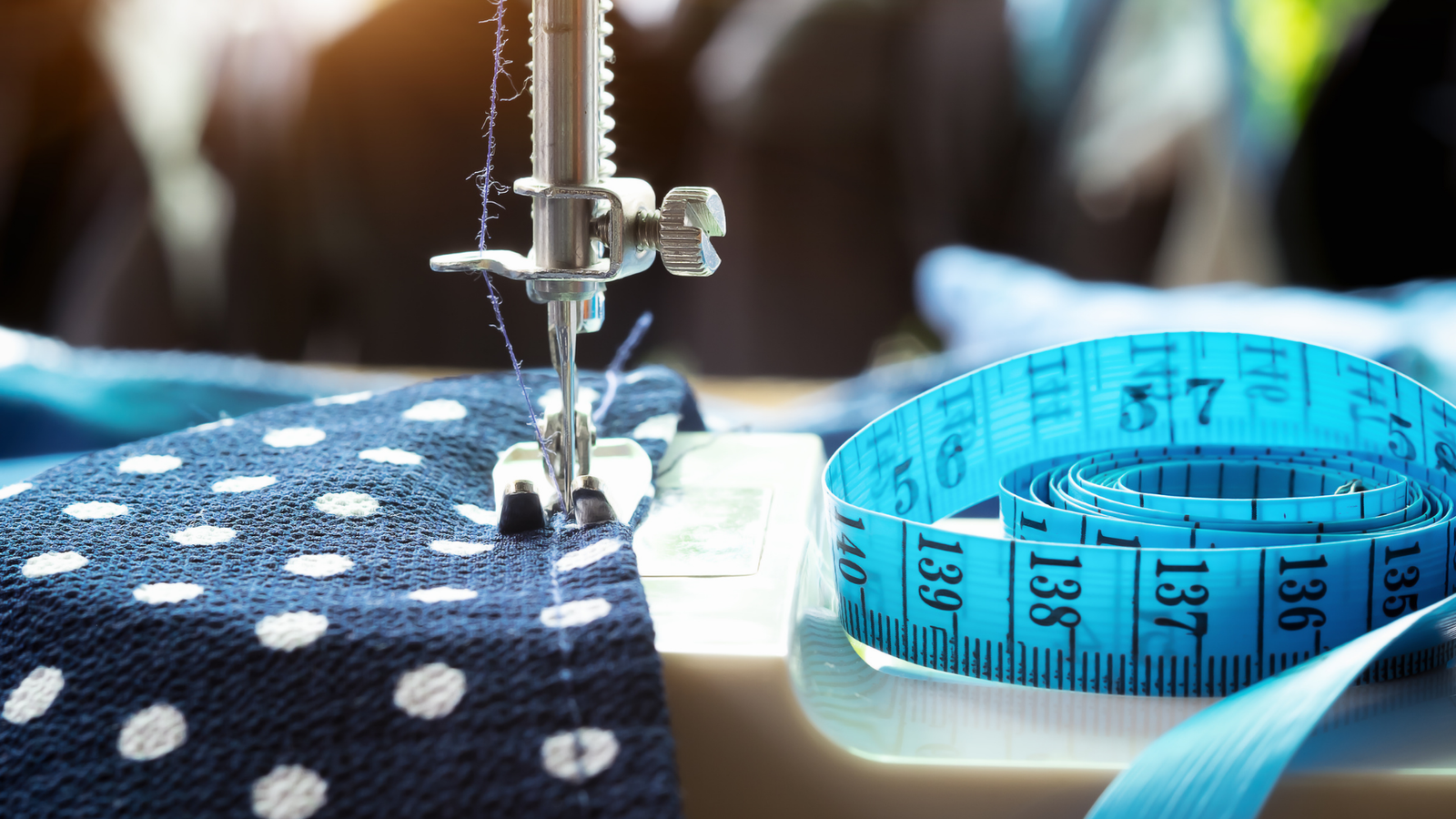
Seams are like the invisible stitches that hold your dress together, but there are different ways to sew them! The type of seam we use depends on the style of the dress and the fabric. Here are a few popular options:
1. The Plain Seam
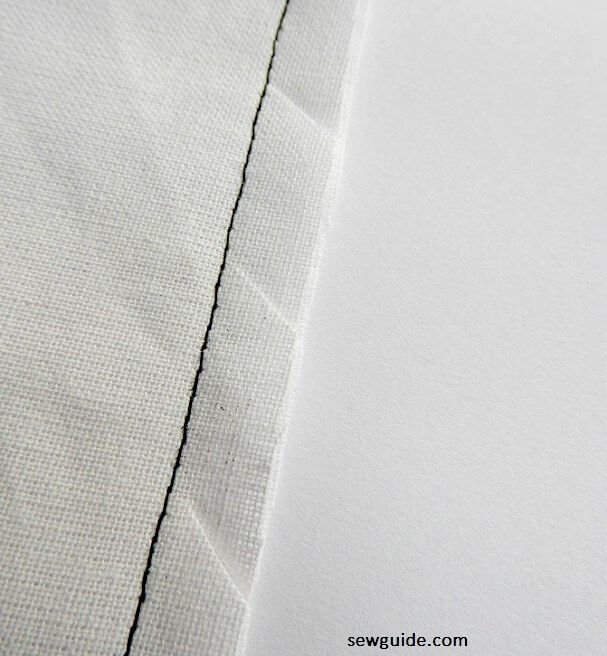
Source: SewGuide
This is the workhorse of seams, a simple straight stitch that joins two pieces of fabric. Strong and versatile, it’s often used for casual dresses or hidden areas.
2. The French Seam
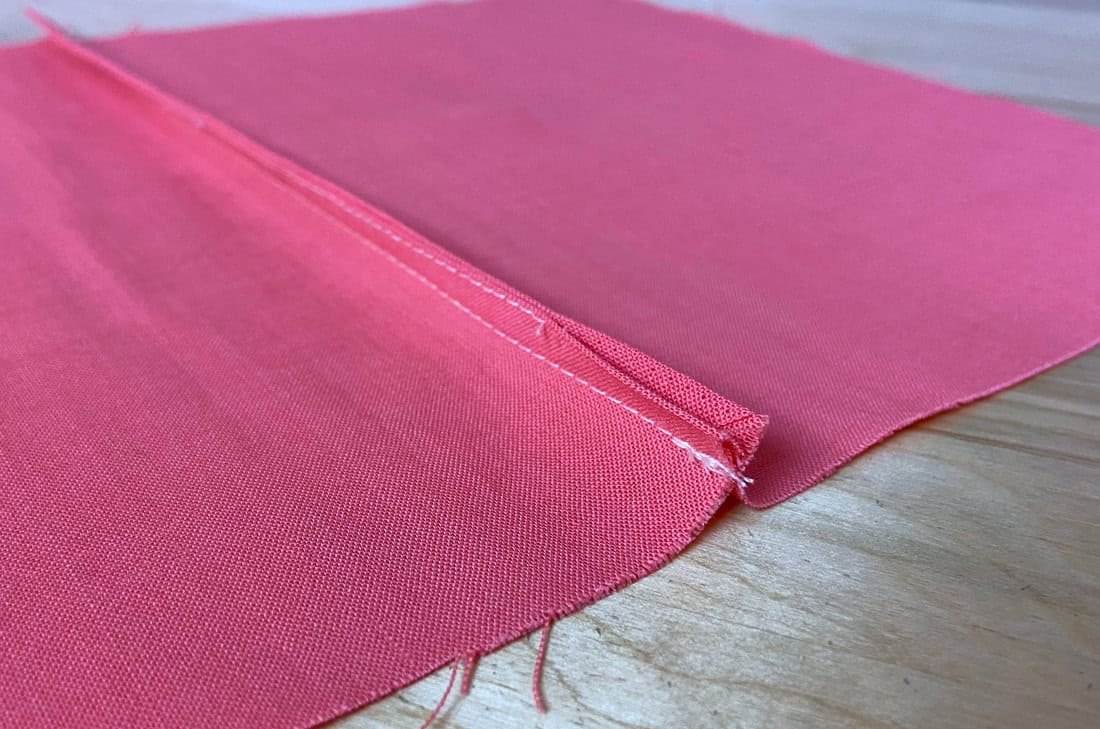
Source: Doina Alexei
A step up in elegance, the French seam encases the raw edges of the fabric inside itself. This creates a clean finish on both the inside and outside of the dress, perfect for delicate fabrics or dressier styles.
3. The Princess Seam
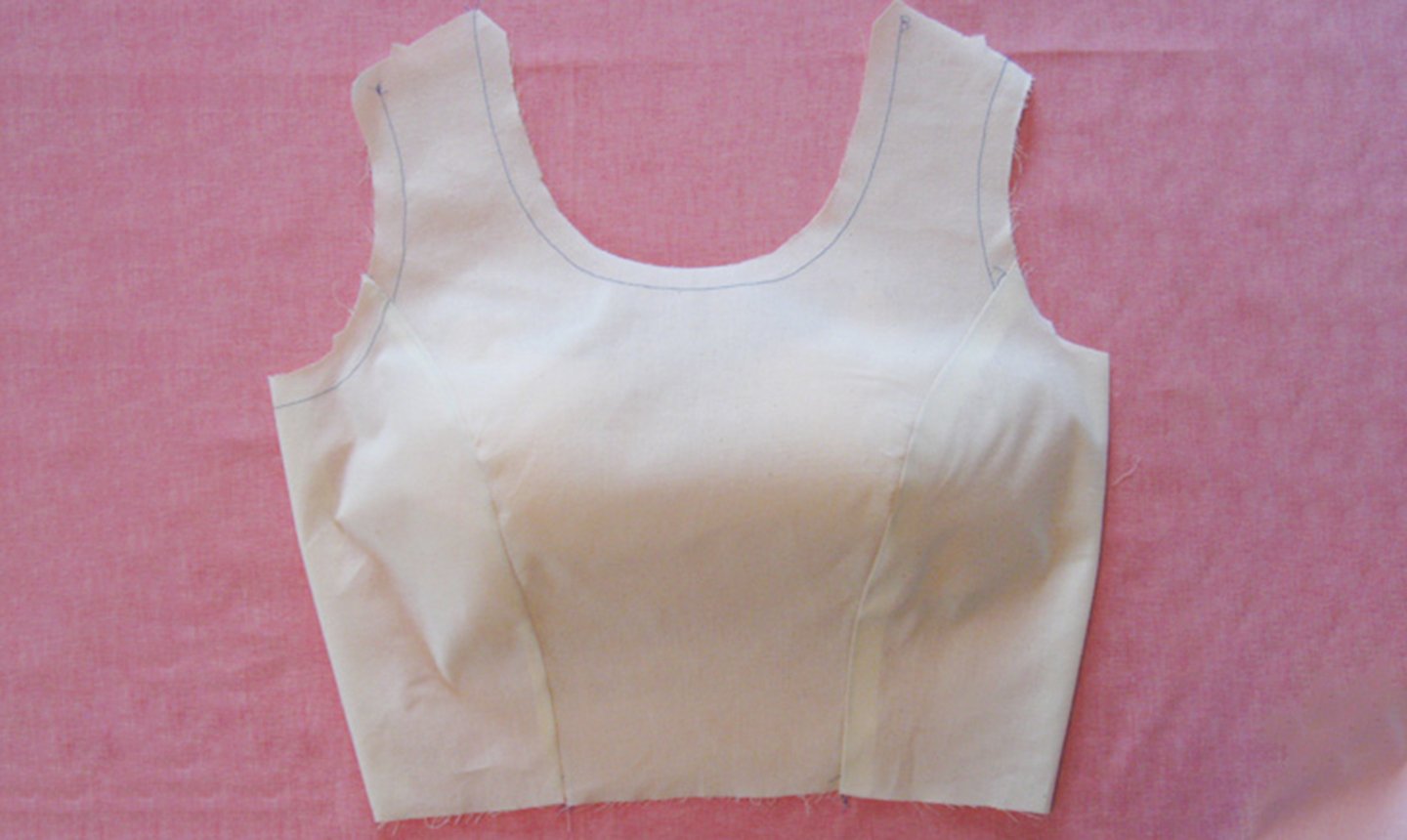
Source: Craftsy
This curved seam adds shaping and definition to a dress. It runs from the shoulder towards the hem, often along the bust line, creating a flattering silhouette for many body types.
These are just a few examples. There are a variety of seam options to choose from, ensuring your dress is both beautiful and well-constructed.
Measurement points for women’s dress
A perfect fit is the foundation of any stunning dress. To achieve that perfect fit, we rely on key measurement points. These are like a roadmap, guiding us in creating a dress that flatters every body type.

-
Bust
This measurement circles around the fullest part of the chest. A well-fitting bodice shouldn’t be too tight or too loose.
-
Waist
The waist measurement is taken at the narrowest part of the torso, usually just above the belly button. This helps ensure the dress cinches comfortably at the waist.
-
Hips
We measure around the fullest part of the hips to ensure the skirt flows nicely without being restrictive.
-
Other Important Points
Depending on the dress style, we might also use neck, inseam, and outseam measurements. Neck measurement ensures a comfortable fit around the collar, while inseam and outseam help us achieve the desired length for the dress.
By considering all these measurement points, we create a foundation for accurate size charts. While industry standard size charts exist, they act more as a starting point. Your unique design might require adjustments to ensure a perfect fit across all sizes.
Our size chart becomes a reference point for consumers, ensuring they choose the perfect size for their body type. A well-designed size chart, based on accurate measurements, minimizes returns and keeps your customers happy.
The art of printing
The process doesn’t stop at cutting and sewing. Printing adds another layer of creativity, transforming your design from concept to a stunning visual. Each dress manufacturer offers a variety of printing techniques to bring your vision to life on fabric.
Common Printing techniques used for dress
Selecting the right printing method can elevate your dress design. Here’s a closer look at some popular techniques used for dresses:
1. Digital Printing

This versatile technique allows for intricate designs and full-color printing. Imagine a floral pattern, a bold geometric print, or even a photo – all possible with digital printing!
2. Screen Printing

Perfect for bold, graphic designs, screen printing uses stencils to apply ink onto the fabric. This technique creates crisp, vibrant colors, ideal for logos, stripes, or lettering.
3. All-Over Printing

Source: TextileLearner
Want your design to cover the entire dress? All-over printing makes it possible! This technique creates a seamless, eye-catching look, perfect for statement dresses.
These are just a few examples. Manufacturers can work with you to choose the best printing technique for your design and fabric.
Different Types of Garment Washing for Women’s Dress

Source: Vanish
Every dress deserves proper care to maintain its beauty. Providing washing instructions on each garment ensures that your customers know exactly how to keep their dress looking its best. The following are some common washing methods.
1. Normal Wash
This is the simplest method, perfect for everyday dresses made from durable fabrics. Just toss it in the washing machine for a quick refresh. Compared to gentler washes, normal wash uses a stronger spin cycle and higher water temperature for a more thorough cleaning.
2. Machine Wash (Gentle Cycle)
Many dresses can be machine washed on a gentle cycle with cold water. This is a convenient option for most dress types. Gentle cycle uses slower spinning and cooler water to prevent delicate fabrics from shrinking or wrinkling.
3. Hand Wash
Delicate fabrics or dresses with intricate embellishments require a gentler touch. Hand washing ensures these special pieces stay beautiful. Unlike machine washing, handwashing requires more attention but protects delicate details.
4. Dry Clean Only
Some fabrics require professional cleaning. Dress manufacturers clearly mark “Dry Clean Only” for dresses needing special care, like those made from silk or heavily embellished with beads. Dry cleaning uses special chemicals to clean the garment without water, ideal for fabrics that might shrink or water spot.
For specific situations, we might recommend additional care instructions:
1. Whitening
For white dresses, special whitening detergents can help maintain a bright and crisp look.
2. Bleach wash
Bleach can be harsh, so we only recommend it for specific colors or stain removal, with clear instructions.
3. Pigment wash
This technique creates a vintage, faded look. We might use it for specific designs, but the care instructions will reflect this special treatment, noting that the dress has undergone a process to alter its original appearance.
By following these simple washing instructions, your customers can enjoy their dresses for years to come. We want you to be confident that every dress you manufacture leaves our facility ready to be loved and cherished.
Fabric Dyeing Technique for Dress
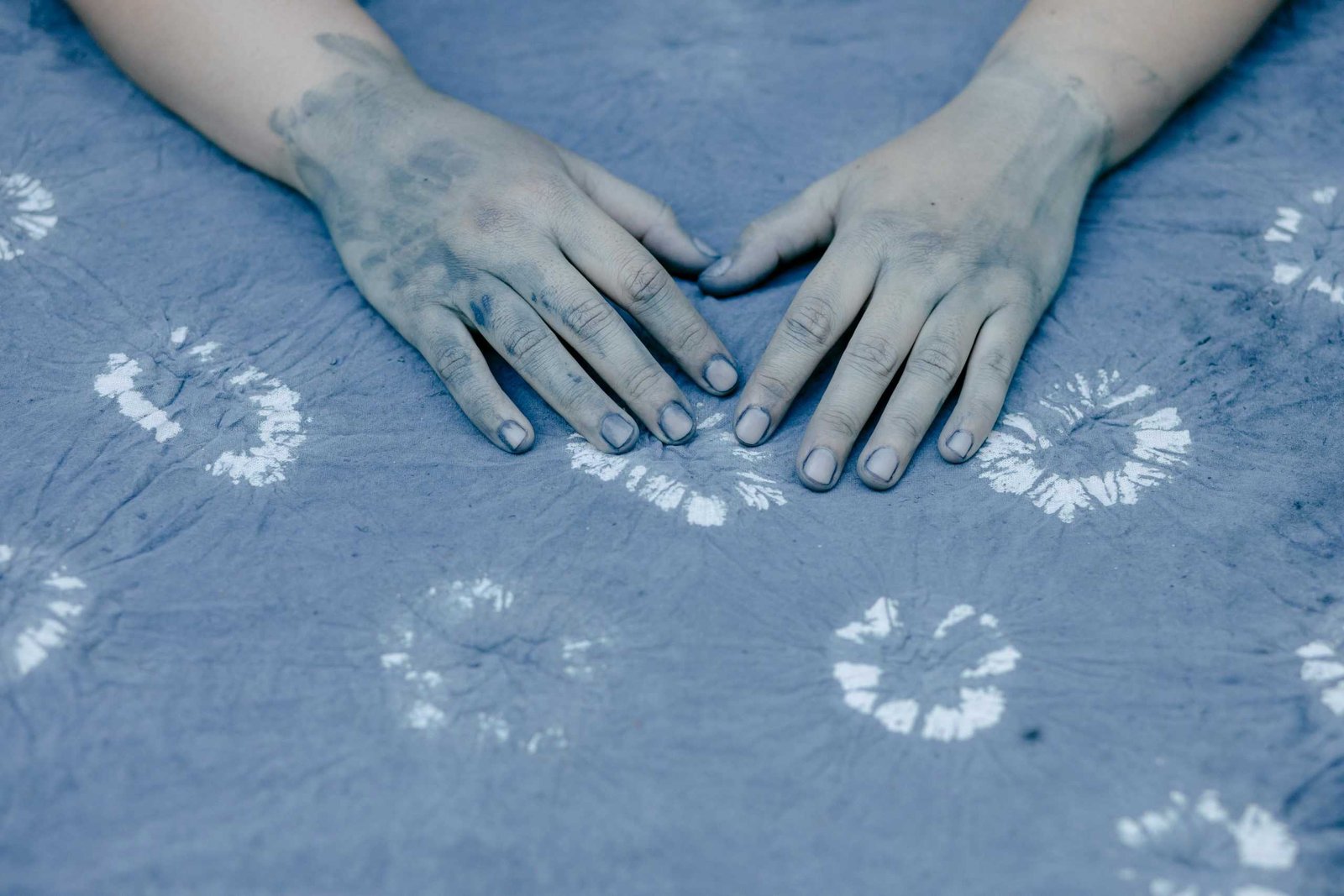
Source: Pexels
Beyond choosing the perfect fabric, you can choose from a range of dyeing techniques to bring your color vision to life. These methods allow you to create a unique color palette and stunning visual effects for your dress designs.
1. Tie-Dye
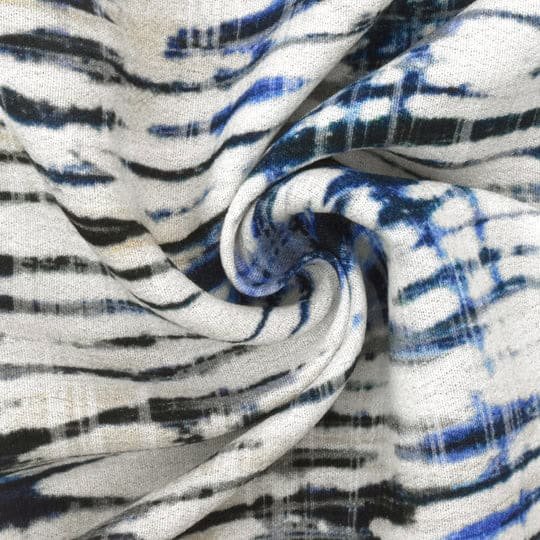
Source: Fabric Depot
A fun and artistic method that creates vibrant, swirling patterns. Perfect for creating unique, one-of-a-kind dresses.
2. Immersion Dyeing
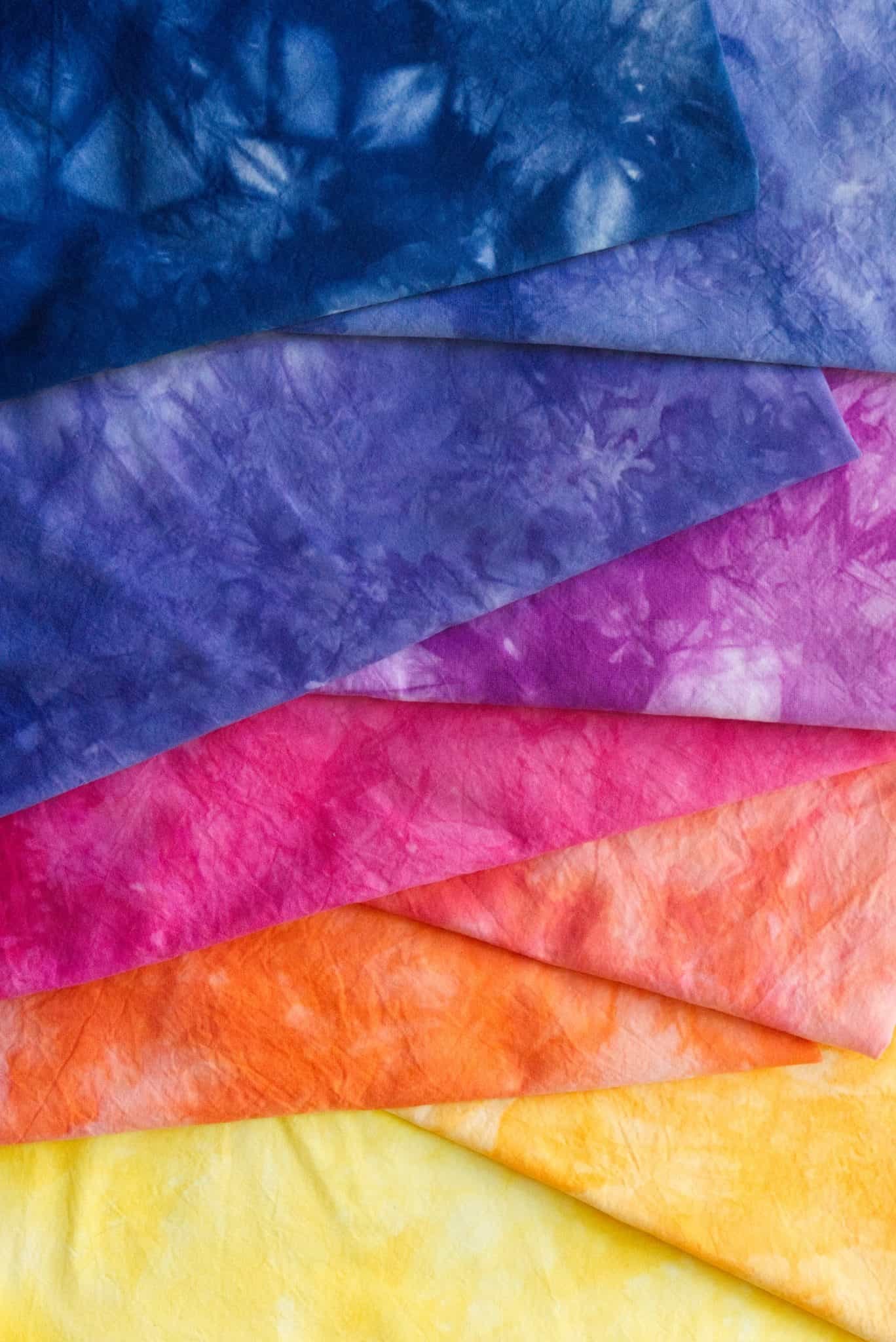
Source: Mythic Seam
The fabric is completely submerged in dye for a solid, all-over color. This technique offers rich, saturated hues.
3. Ombre Dip Dye
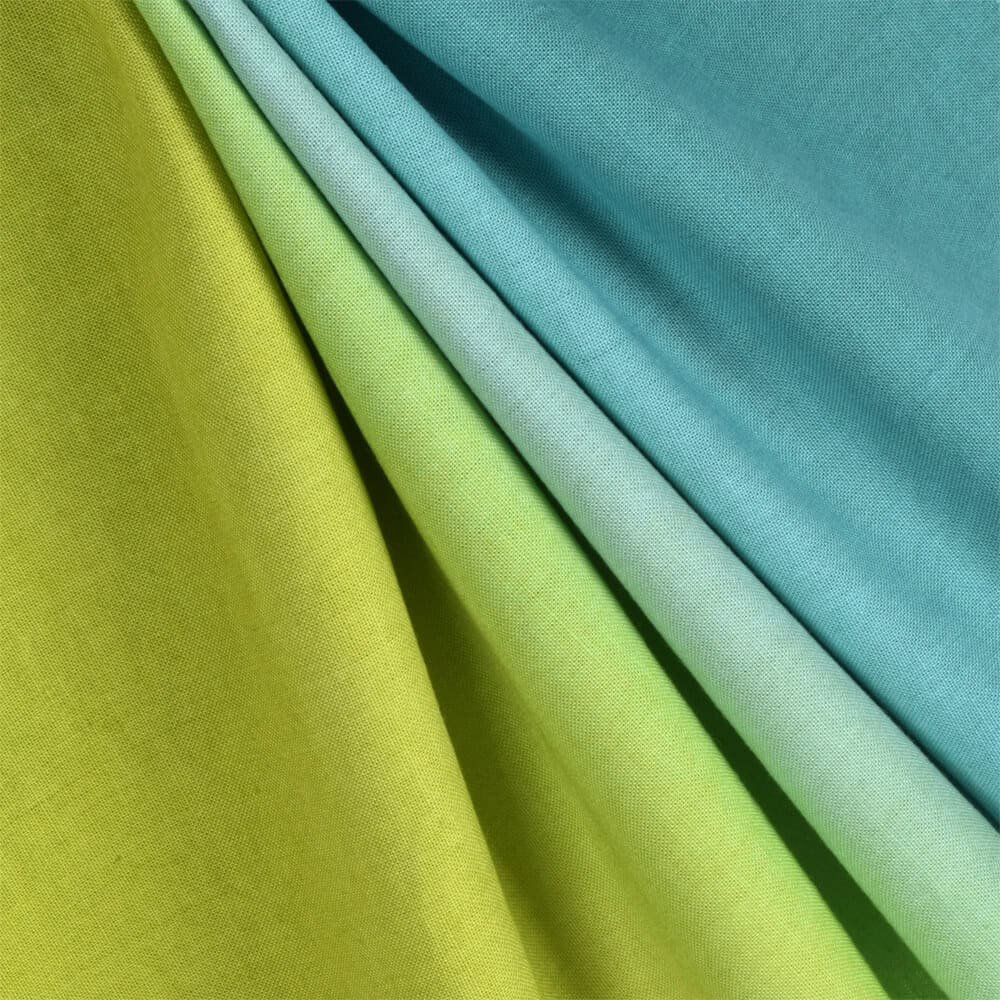
Source: Online Fabric Store
This creates a beautiful gradient effect, where the color gradually fades from light to dark or vice versa. Perfect for a trendy, modern look.
4. Shibori
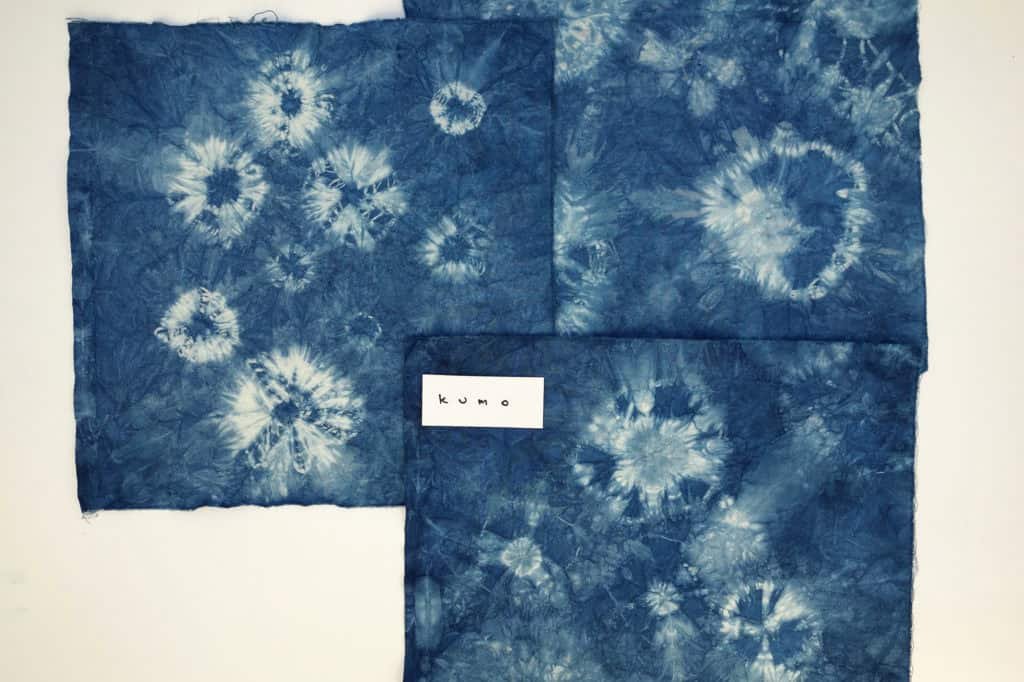
Source: Seamwork
An ancient Japanese technique that uses folding, tying, and stitching to create intricate resist patterns on fabric. Adds a touch of artistry and tradition to your dress design.
5. Fabric Painting
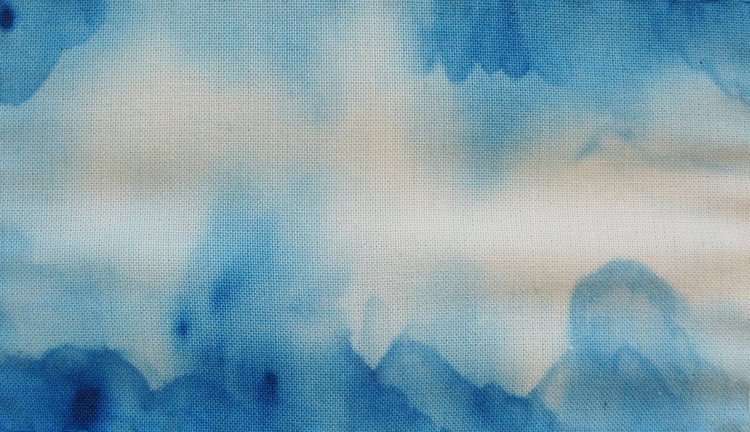
Source: How Did You Make This?
Similar to silk painting, this technique allows for hand-painted designs directly onto the fabric. Ideal for creating one-of-a-kind pieces or adding personalized touches.
These are just a few ways we can add a splash of color and creativity to your dress designs. We work closely with you to choose the dyeing technique that best complements your vision.
Quality Control Measures

Source: Pexels
Quality is never an afterthought. Dress manufacturers must implement strict quality control measures at every stage of women’s dress manufacturing. This meticulous attention to detail is what guarantees a perfect fit and finish for every dress.
-
Sizing and Fitting
Every dress is meticulously checked against the size chart to ensure a perfect fit. We want your customers to feel confident and comfortable in their dresses.
-
Sewing Inspection
Skilled inspectors examine every seam for strength and neatness. No loose threads or imperfections are allowed to slip through! Their sharp eyes ensure that every stitch is secure and contributes to the overall quality and longevity of the dress.
-
Final Review
The final touches like buttons, zippers, and embellishments are carefully inspected for functionality and flawless application. We don’t let even the smallest detail go unnoticed, ensuring a polished and professional look for every dress.
We understand that quality is paramount to your brand reputation. Our commitment to quality control ensures that every dress you manufacture is an exceptional piece your customers will love.
Packaging and Branding
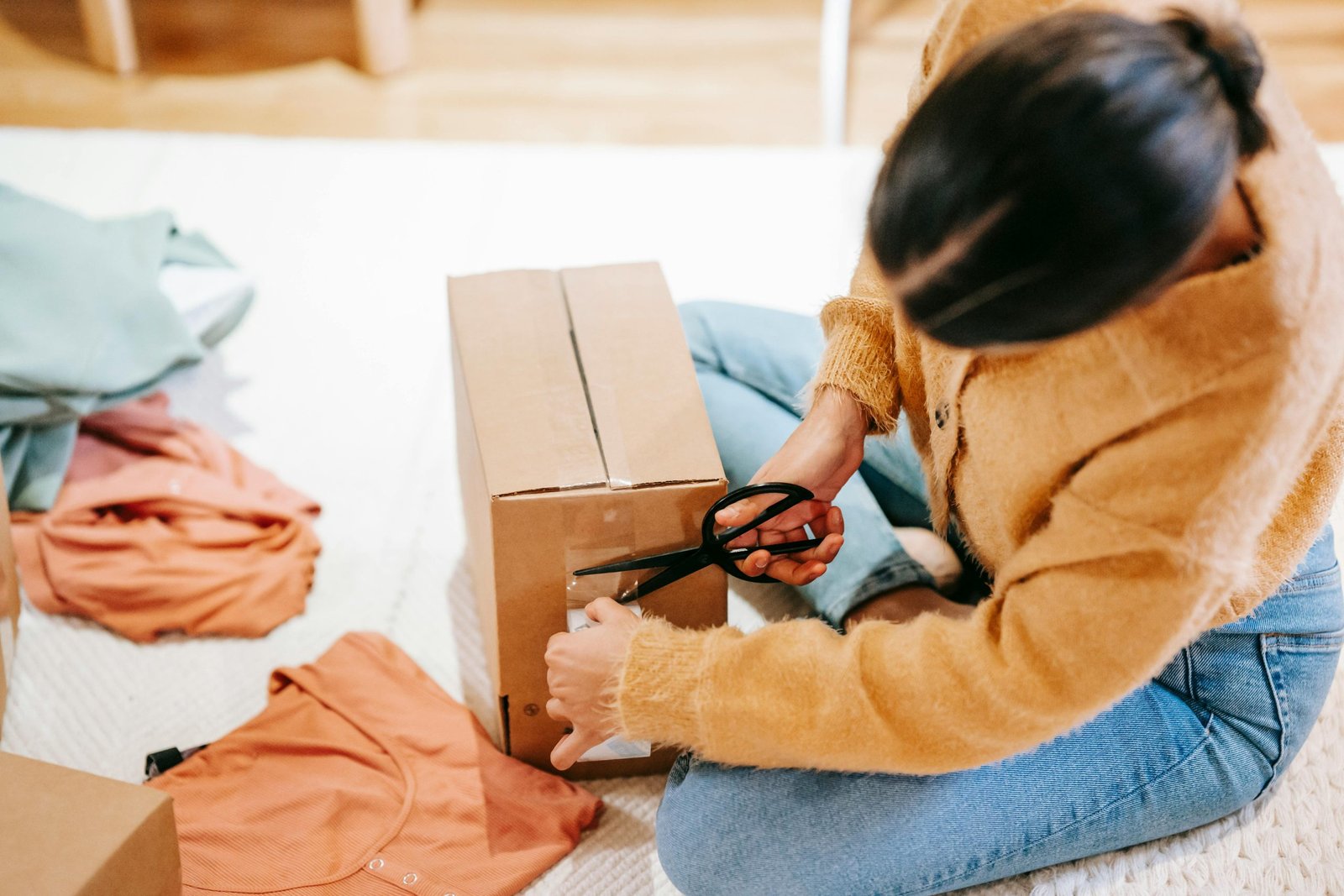
Source: Pinterest
A beautiful dress deserves a beautiful presentation. Beautiful packaging and thoughtful branding elevate your creation from a garment to a coveted piece. This cohesive presentation creates a positive brand experience for your customers, from the moment they receive their dress.
-
Labeling
Informative labels with clear care instructions ensure your customers know exactly how to care for their new dress. This not only extends the life of the garment but also shows your commitment to customer satisfaction.
-
Tags
Branded hang tags add a professional touch and showcase your brand logo. These tags act as a mini billboard, keeping your brand name at the forefront of the customer’s mind.
-
Packaging
From garment bags to boxes, there are a variety of packaging options to keep your dresses protected and looking their best during shipping and on retail shelves. Eye-catching and durable packaging creates a positive first impression and positions your brand as high-quality and professional.
A well-designed package not only protects the dress but also creates a positive first impression for your brand. This attention to detail creates a memorable experience for your customers, right from the moment they receive their dress.
Conclusion
Creating your dream dress doesn’t have to be a mystery! This peek into women’s dress manufacturing showed how fabrics transform, designs get printed flawlessly, and every stitch gets inspected. The right partner unlocks vibrant colors, intricate patterns, and perfect fits.
So, how do you find this dream partner? Look for a manufacturer with a wide range of fabrics, printing techniques, and quality control measures. They should also offer branding solutions like packaging and labeling to ensure a cohesive experience for your customers. This focus on detail, from design to delivery, takes your vision to the next level.
Ready to bring your unique style to the world? Contact us today and let’s get those dream dresses into your customers’ hands. After all, the perfect dress is just a conversation away!
![]()
![]()

